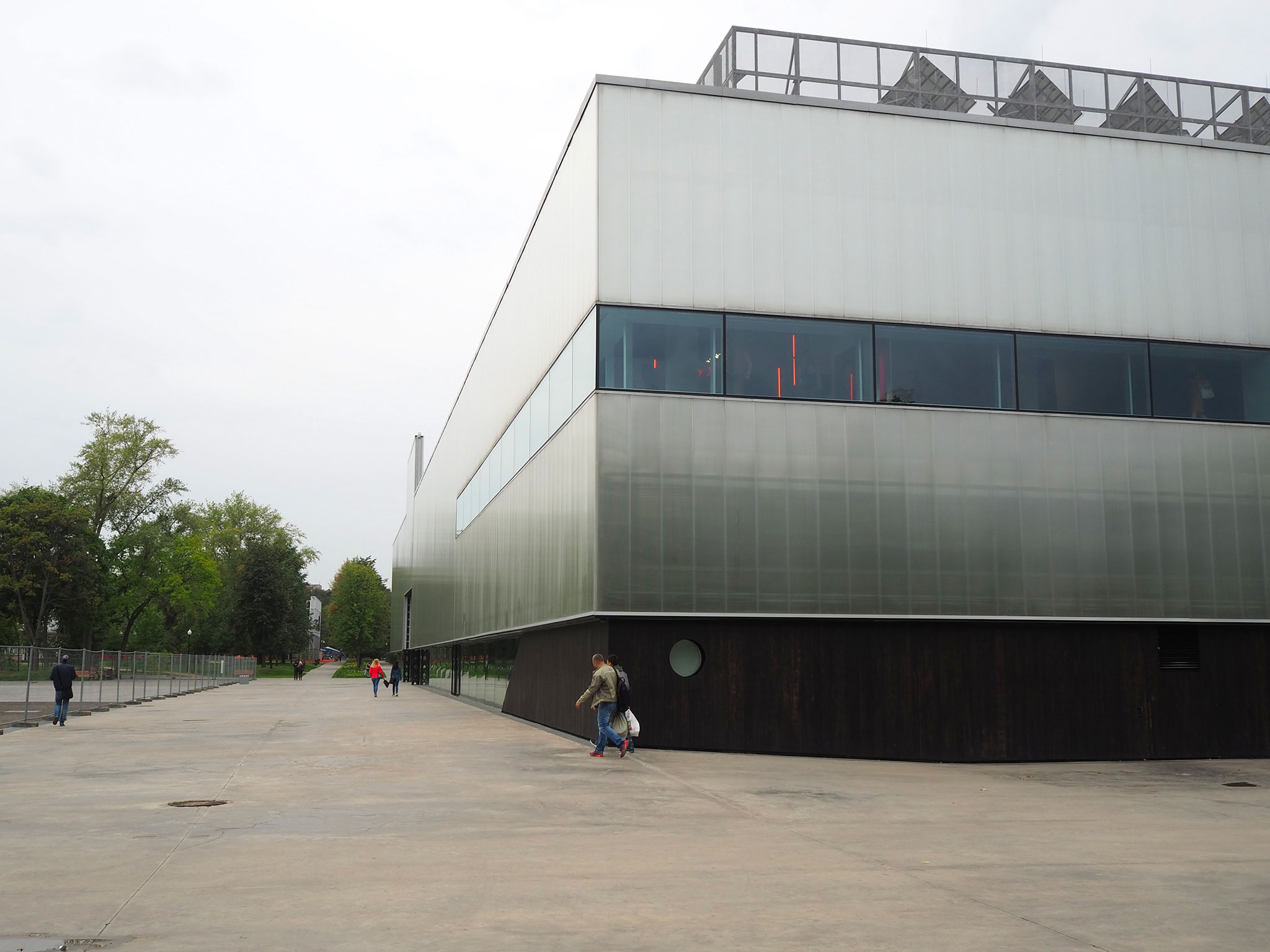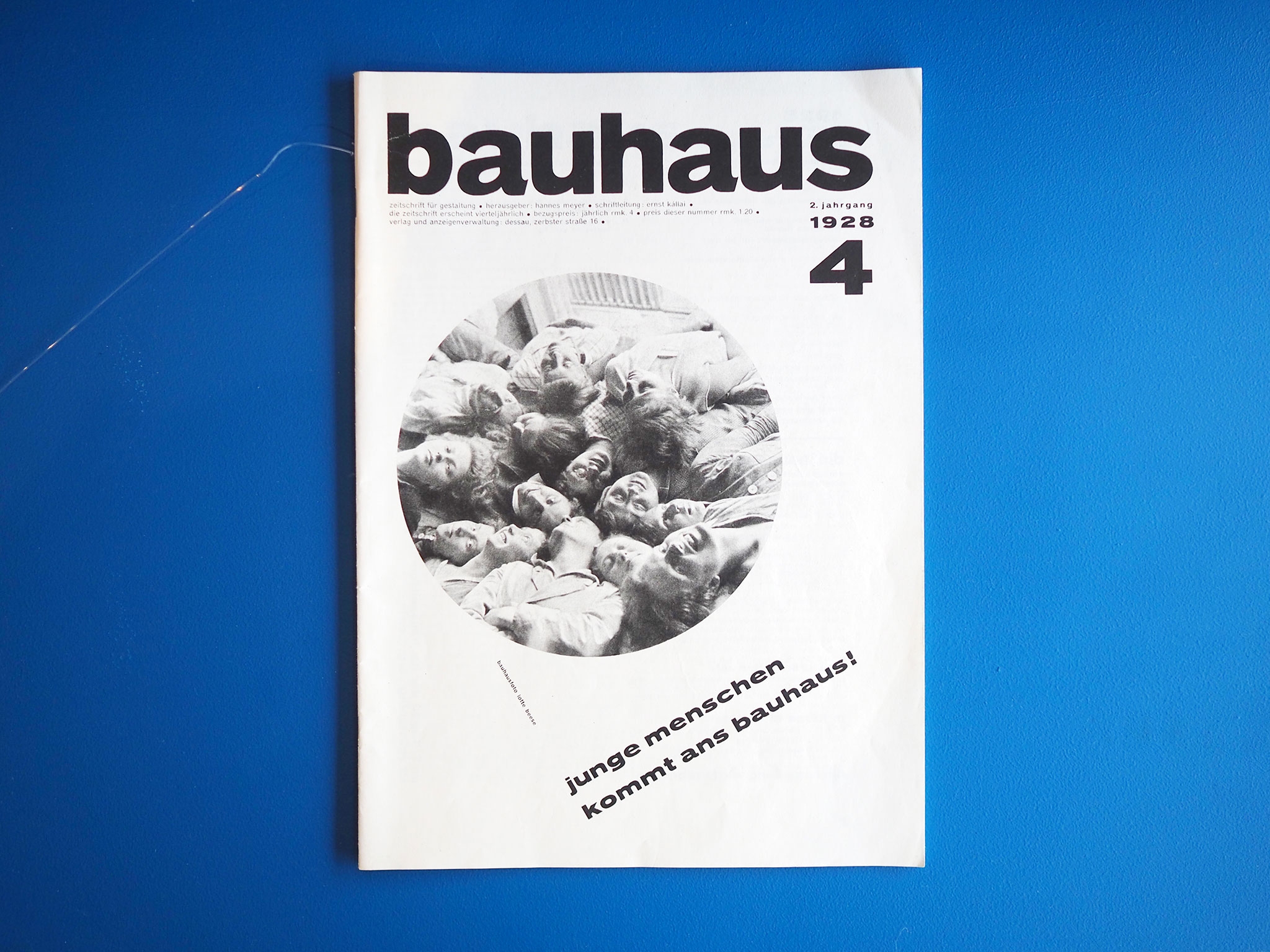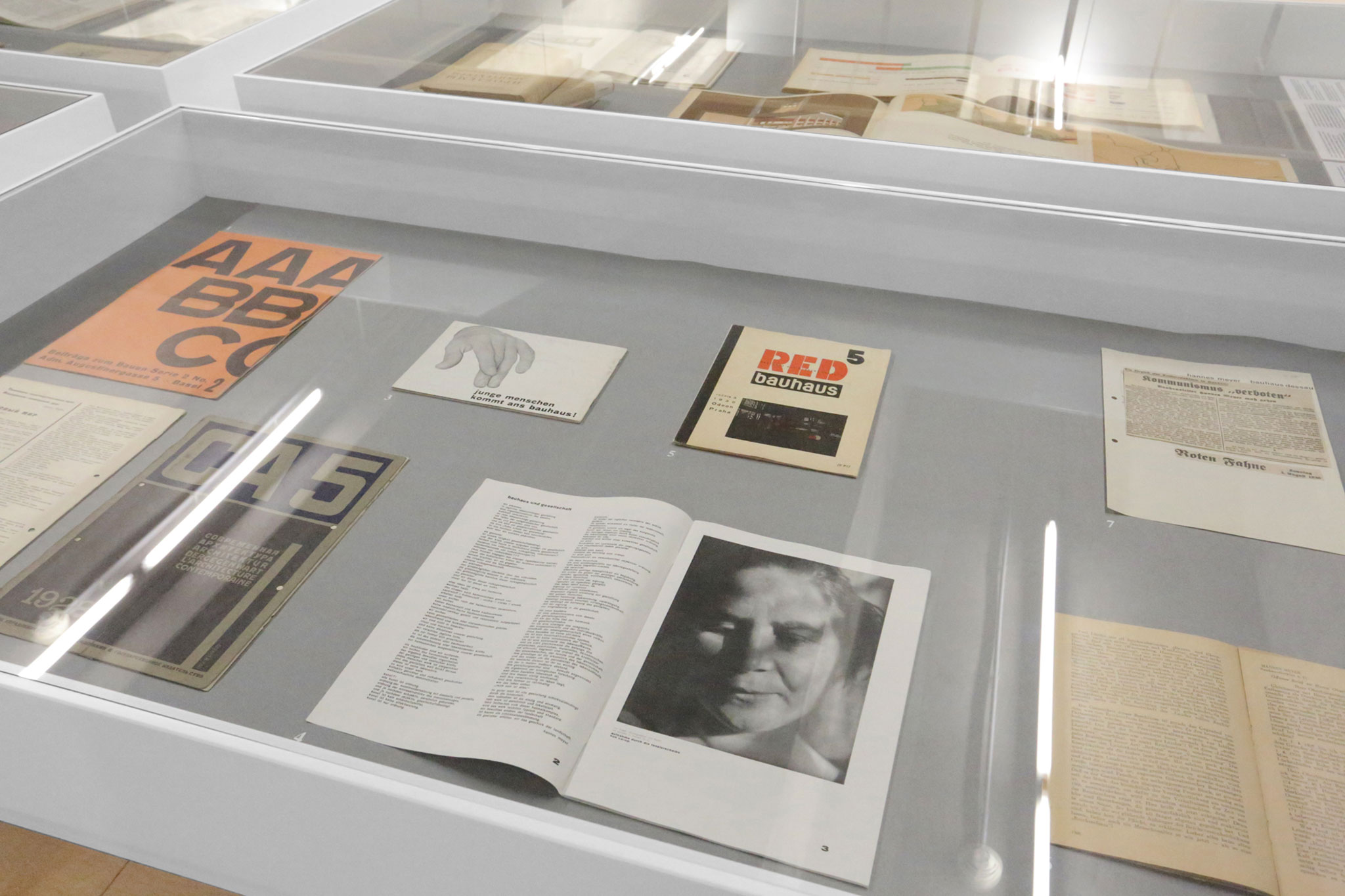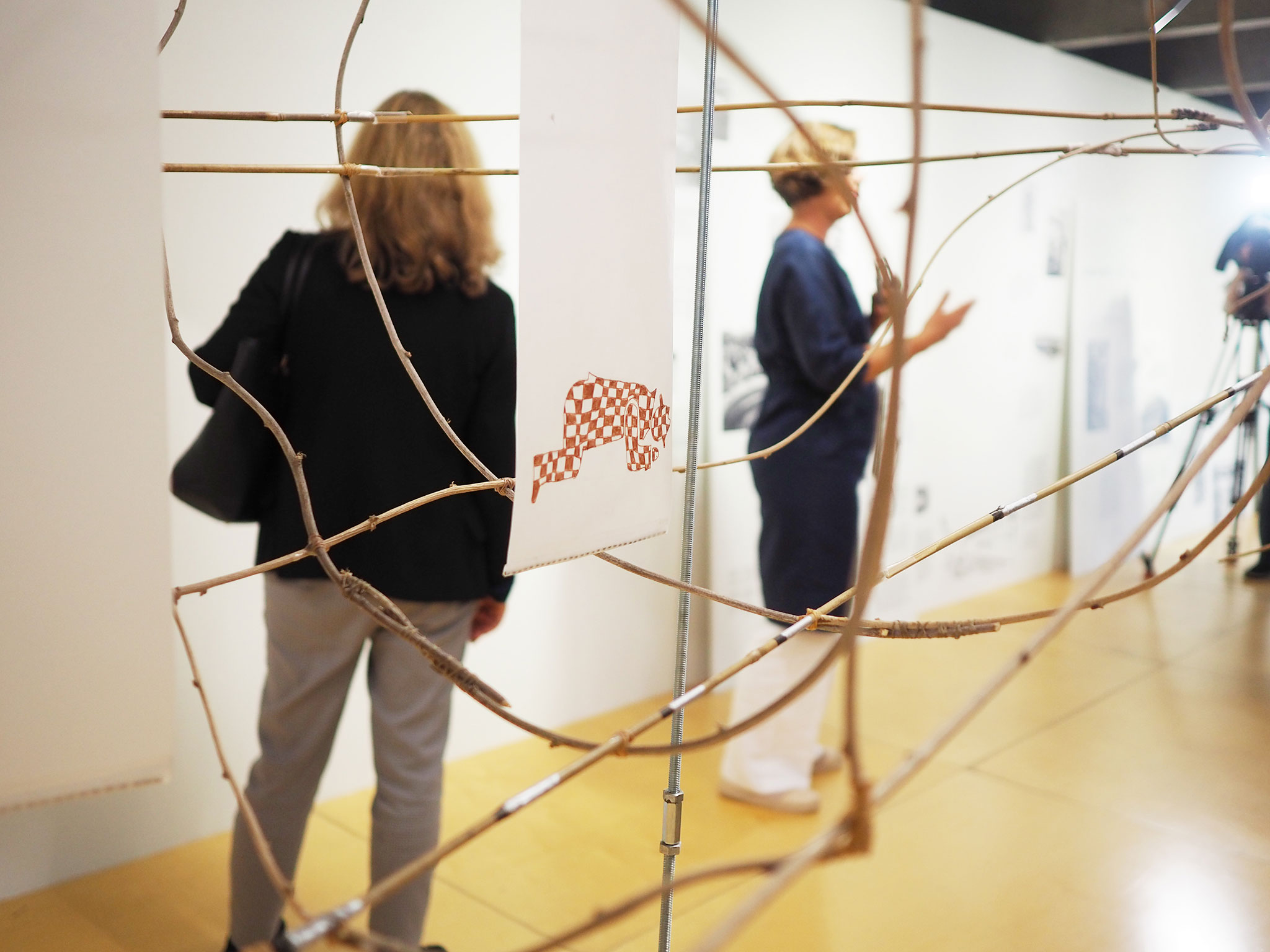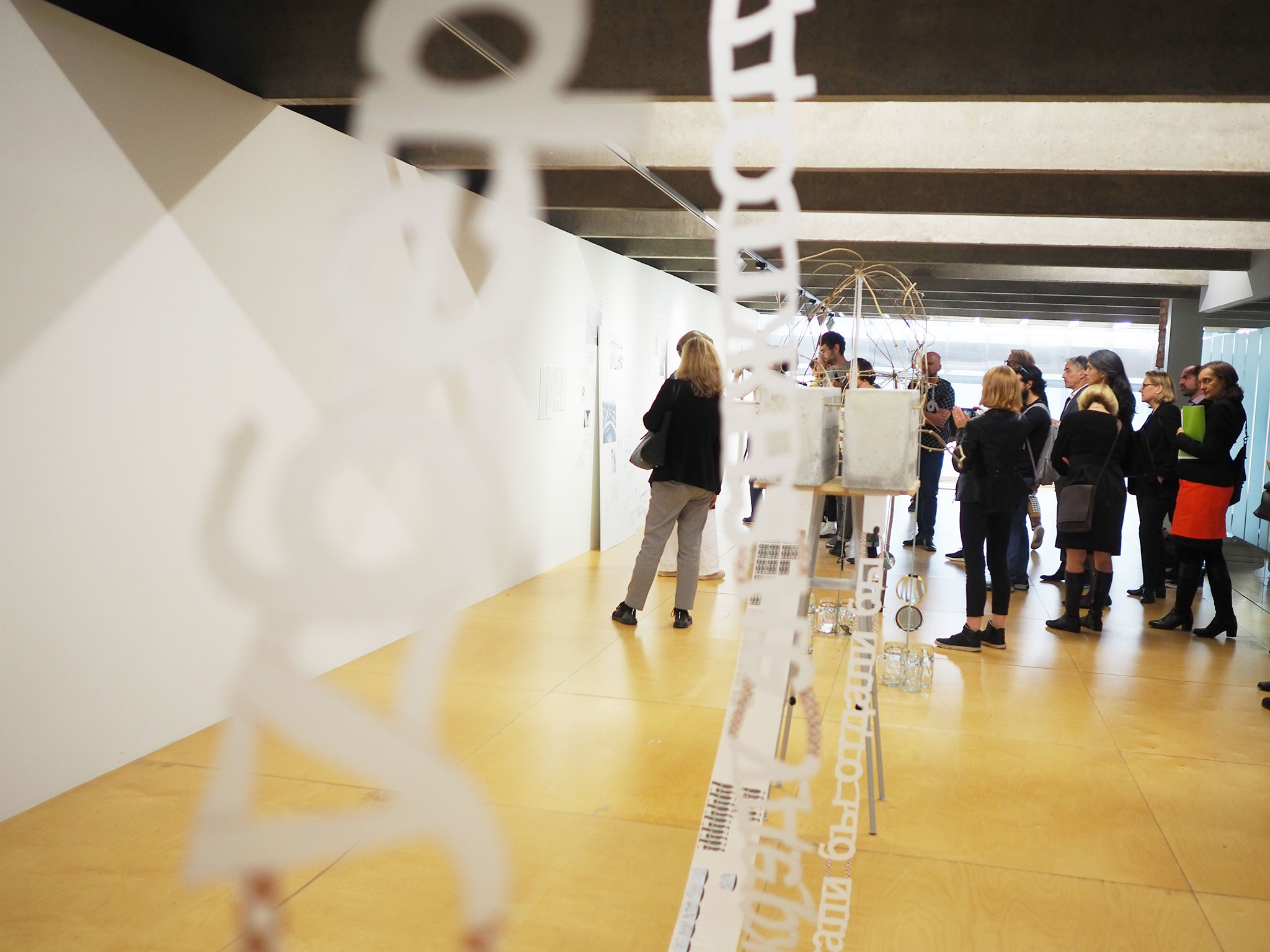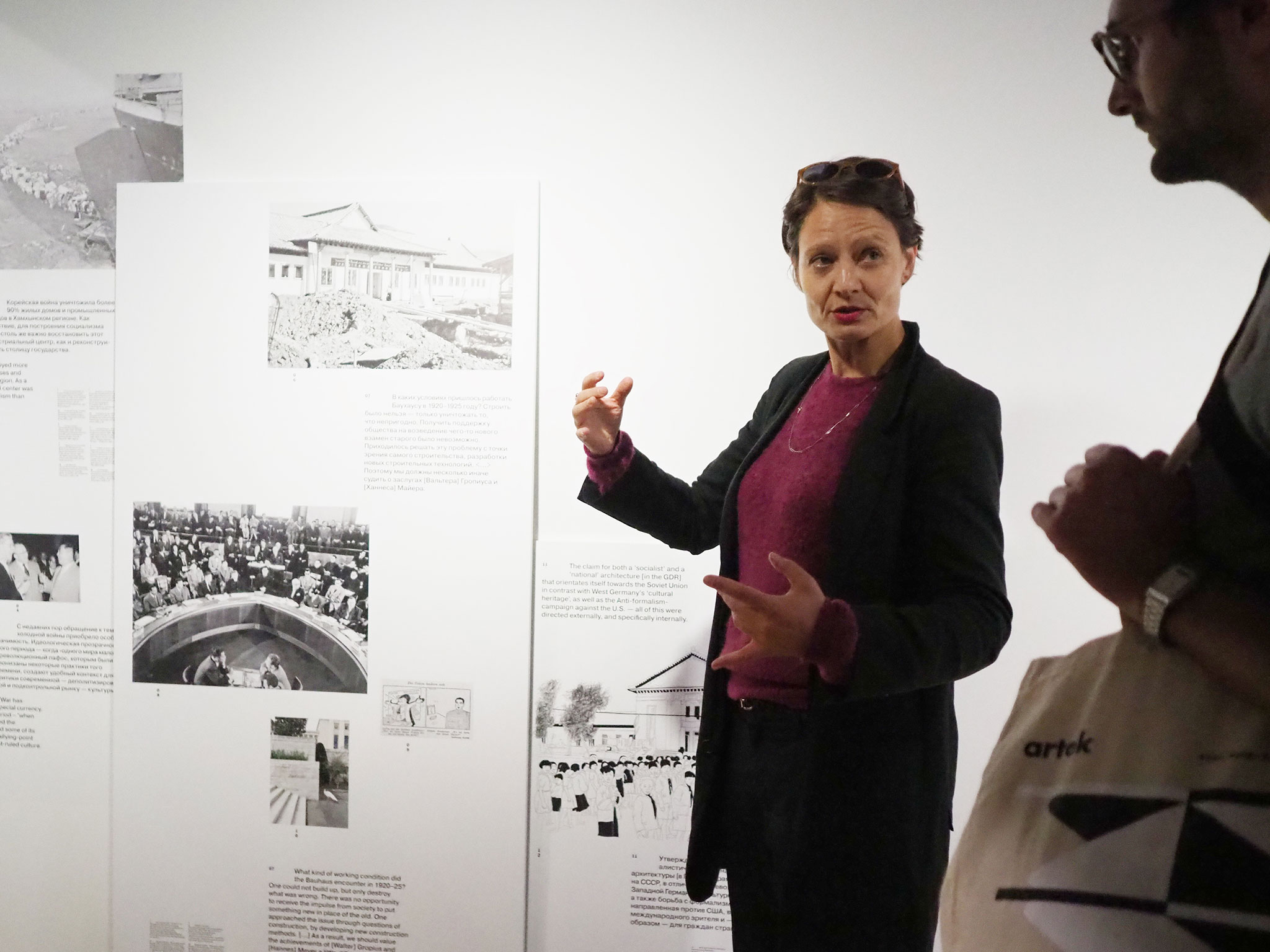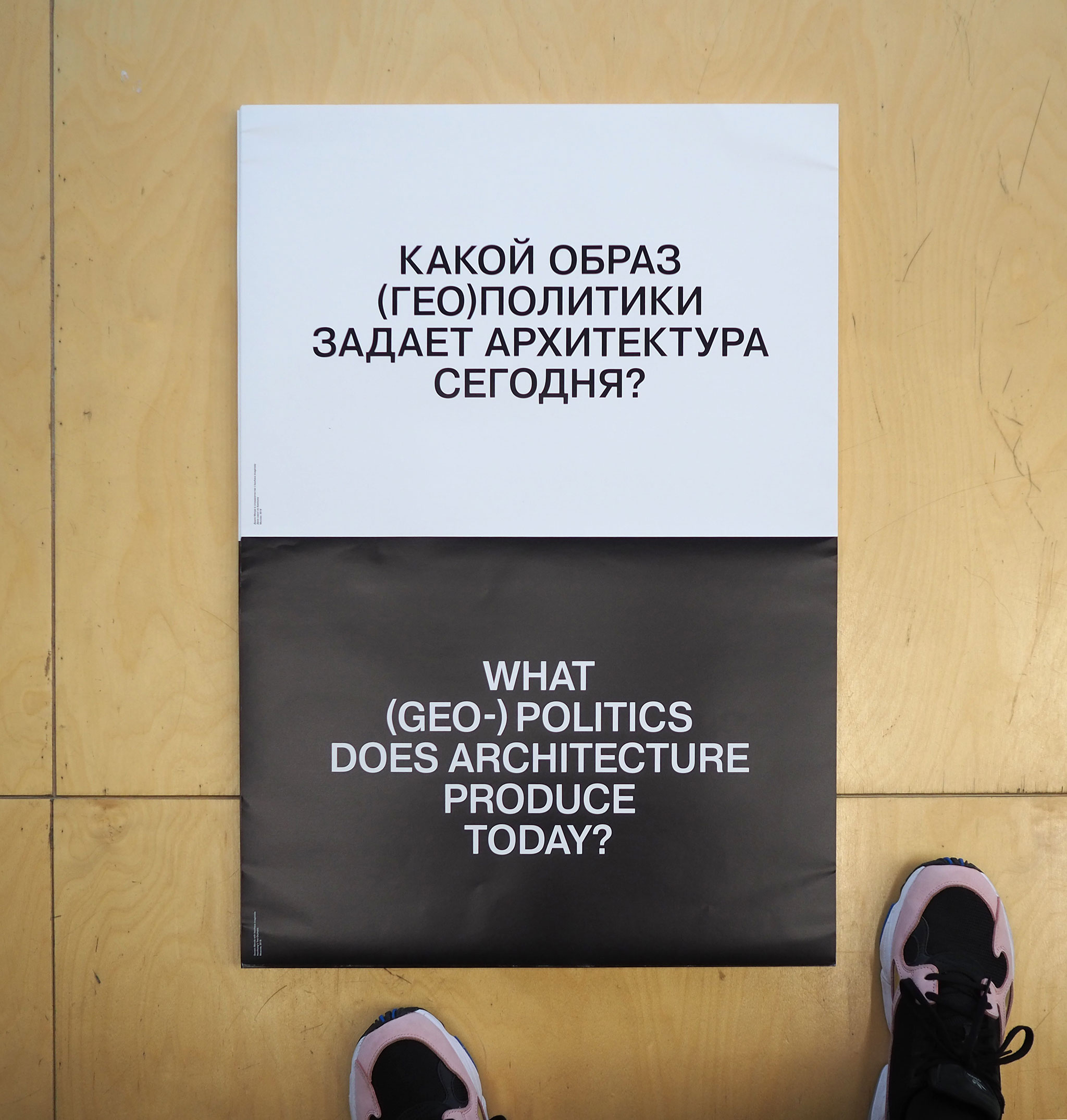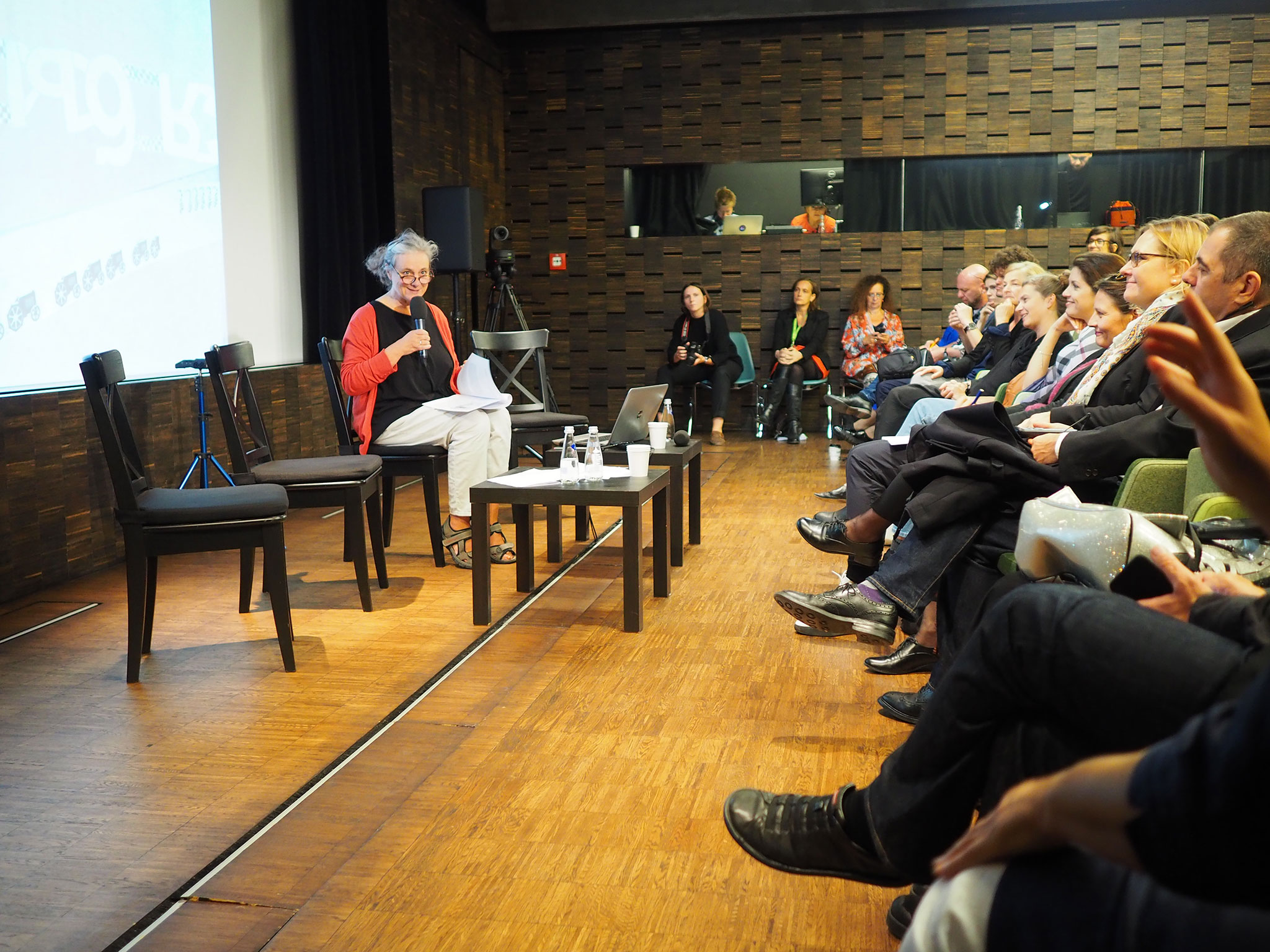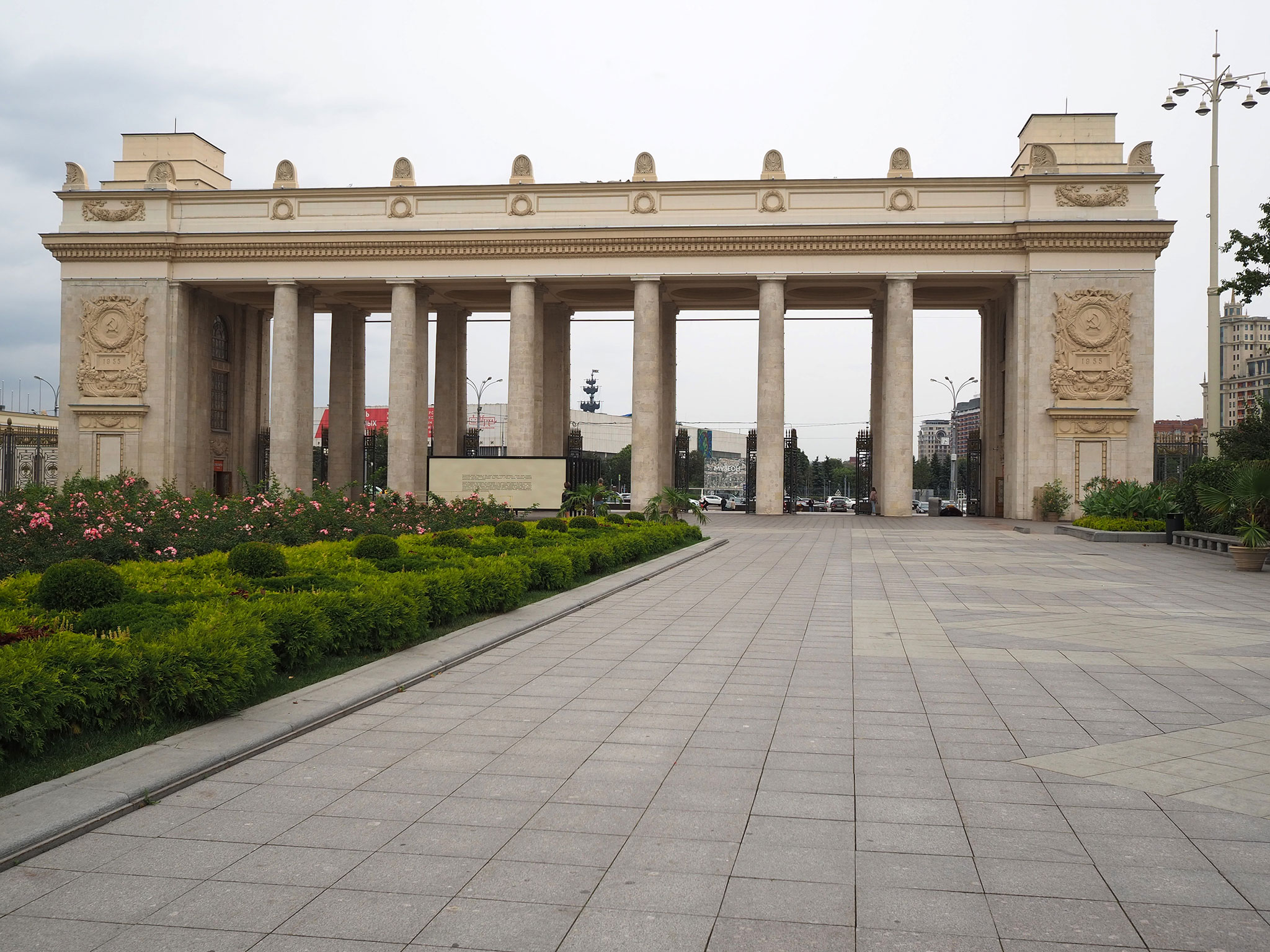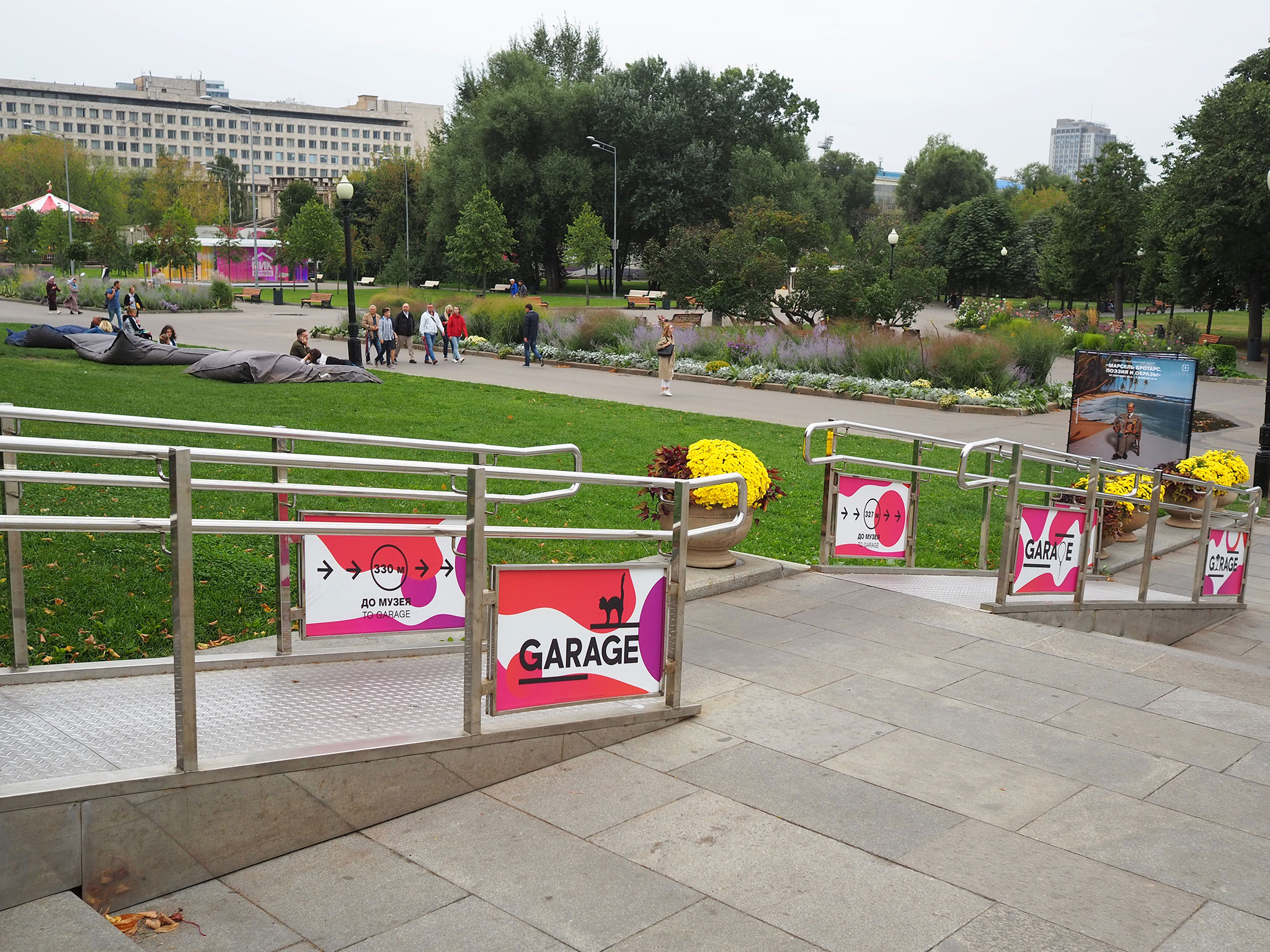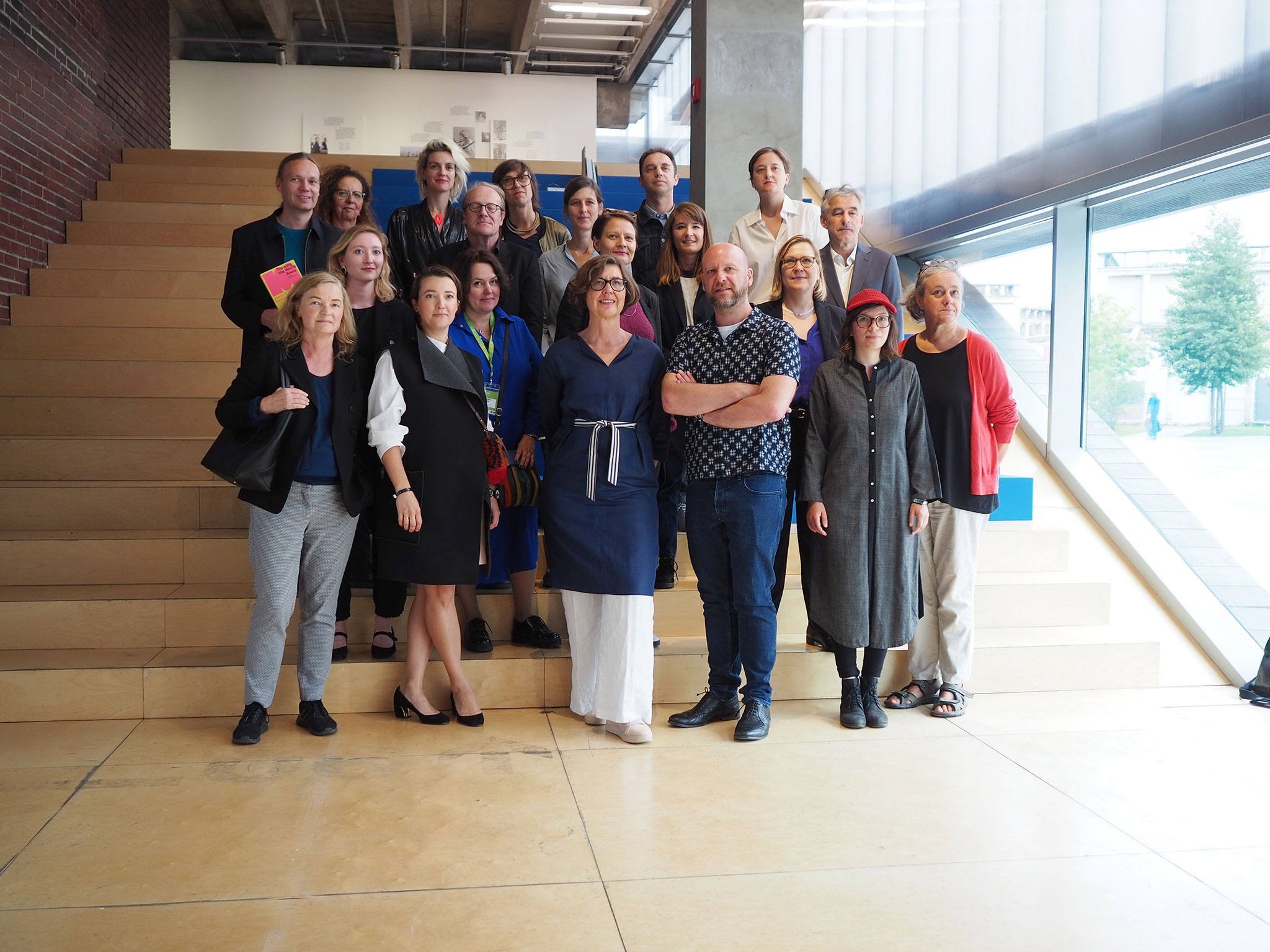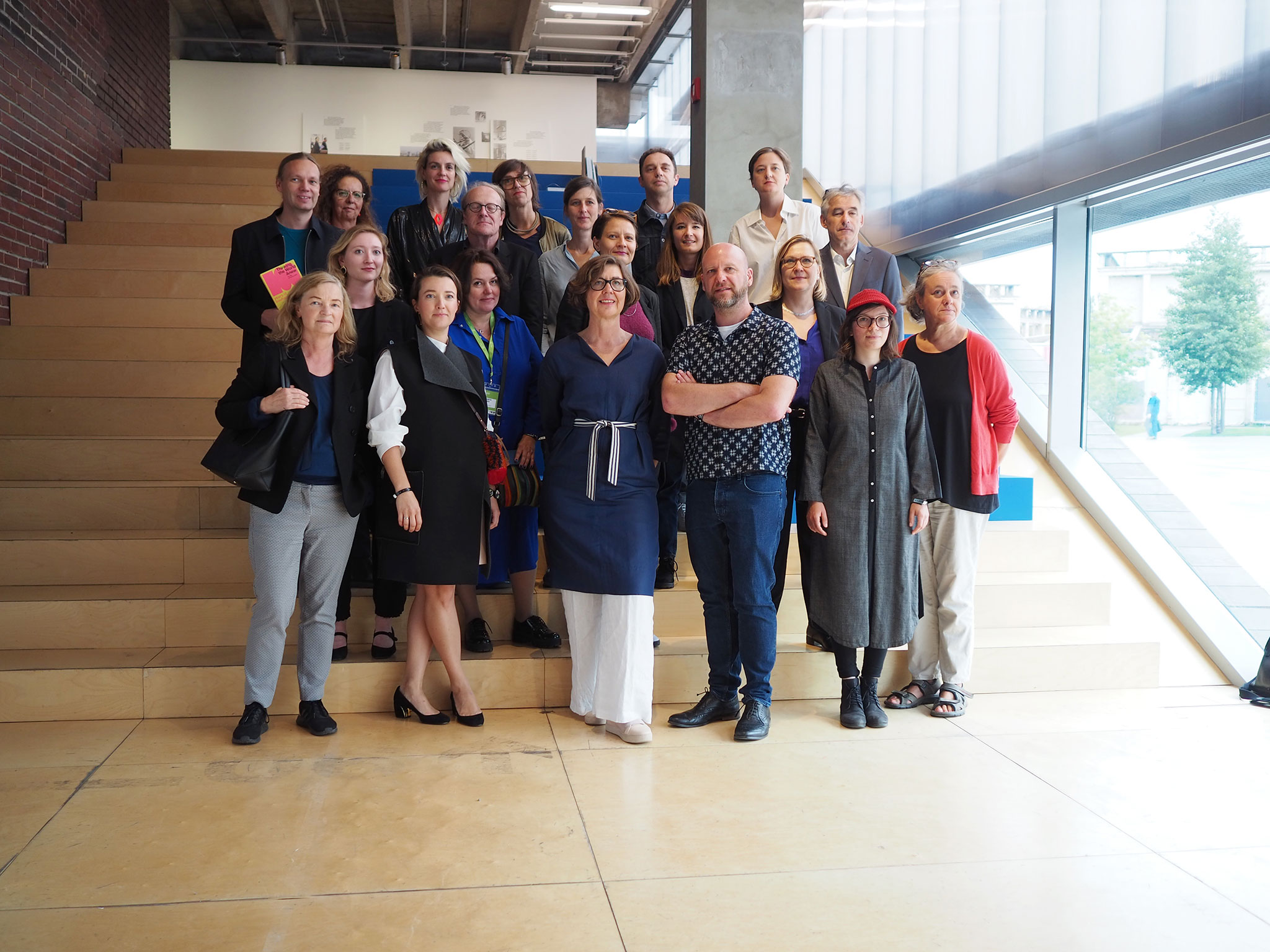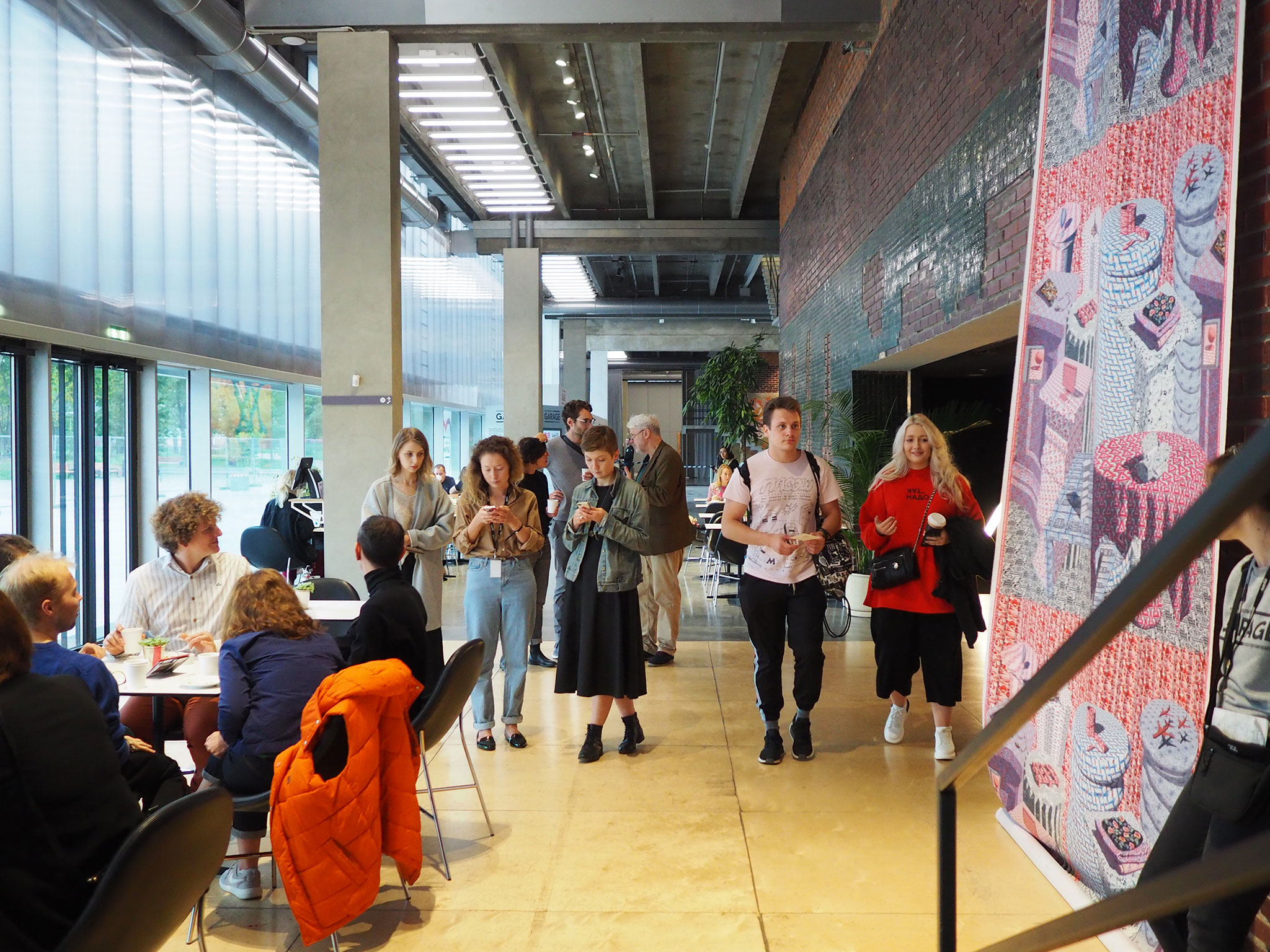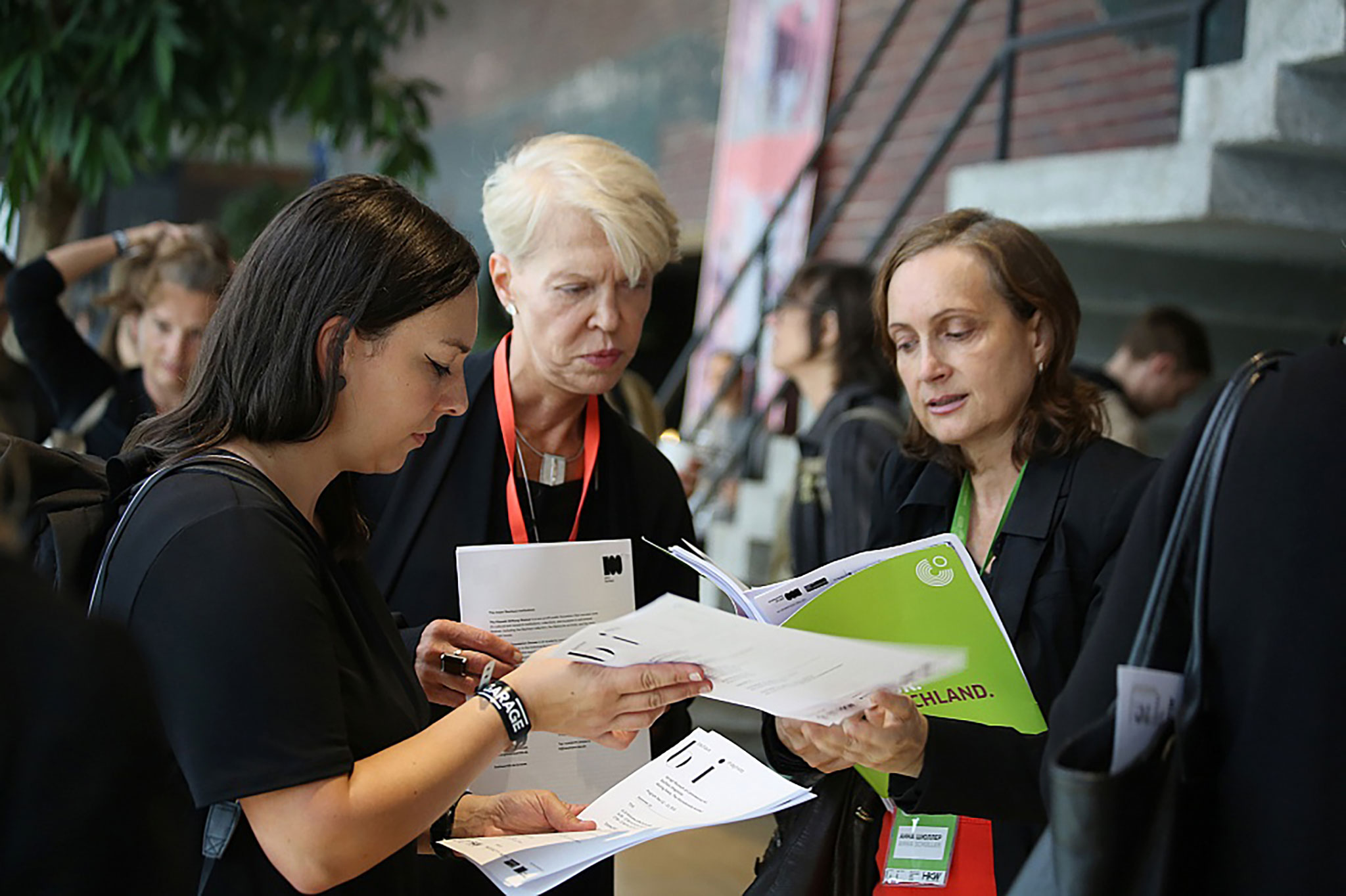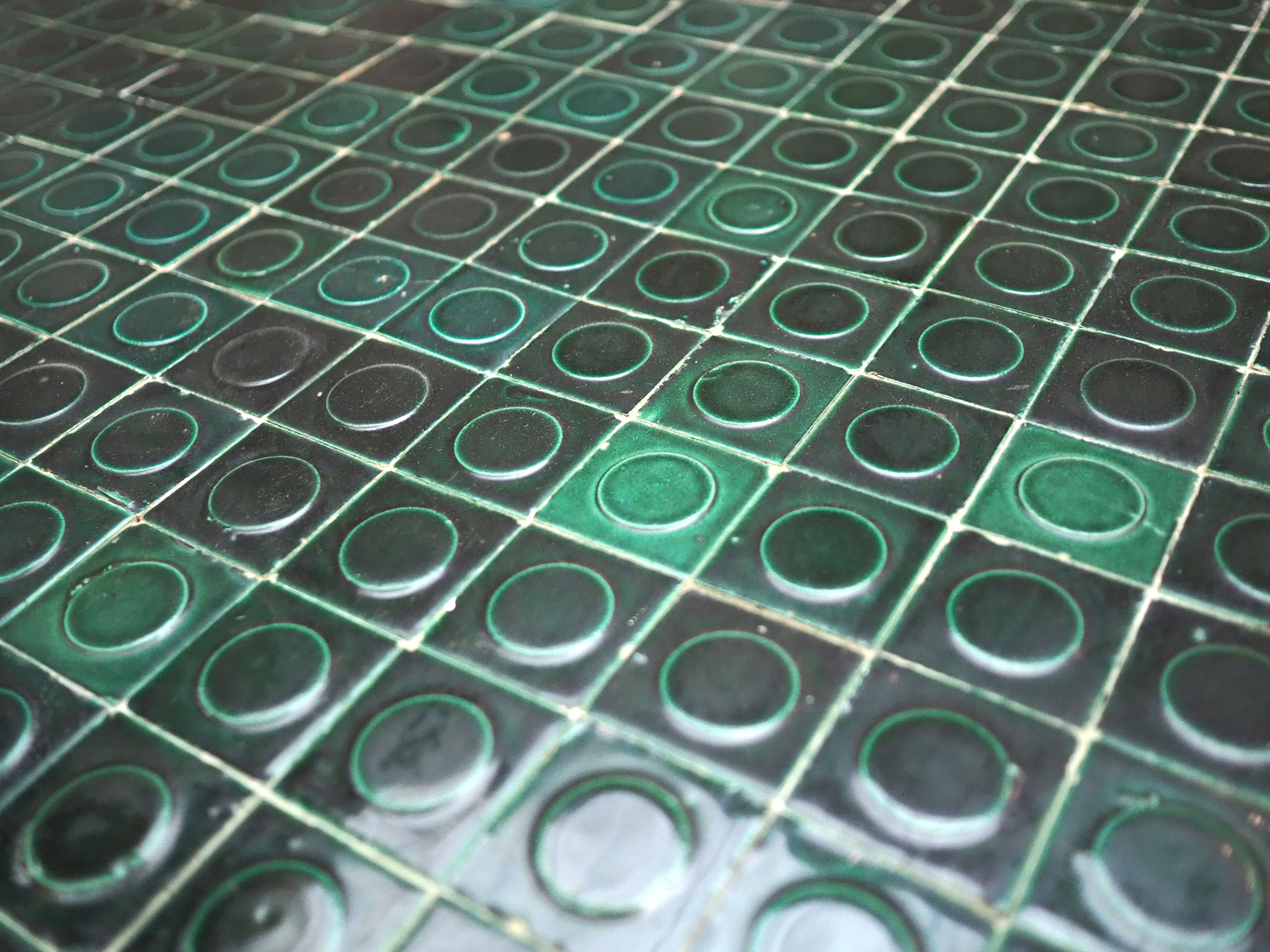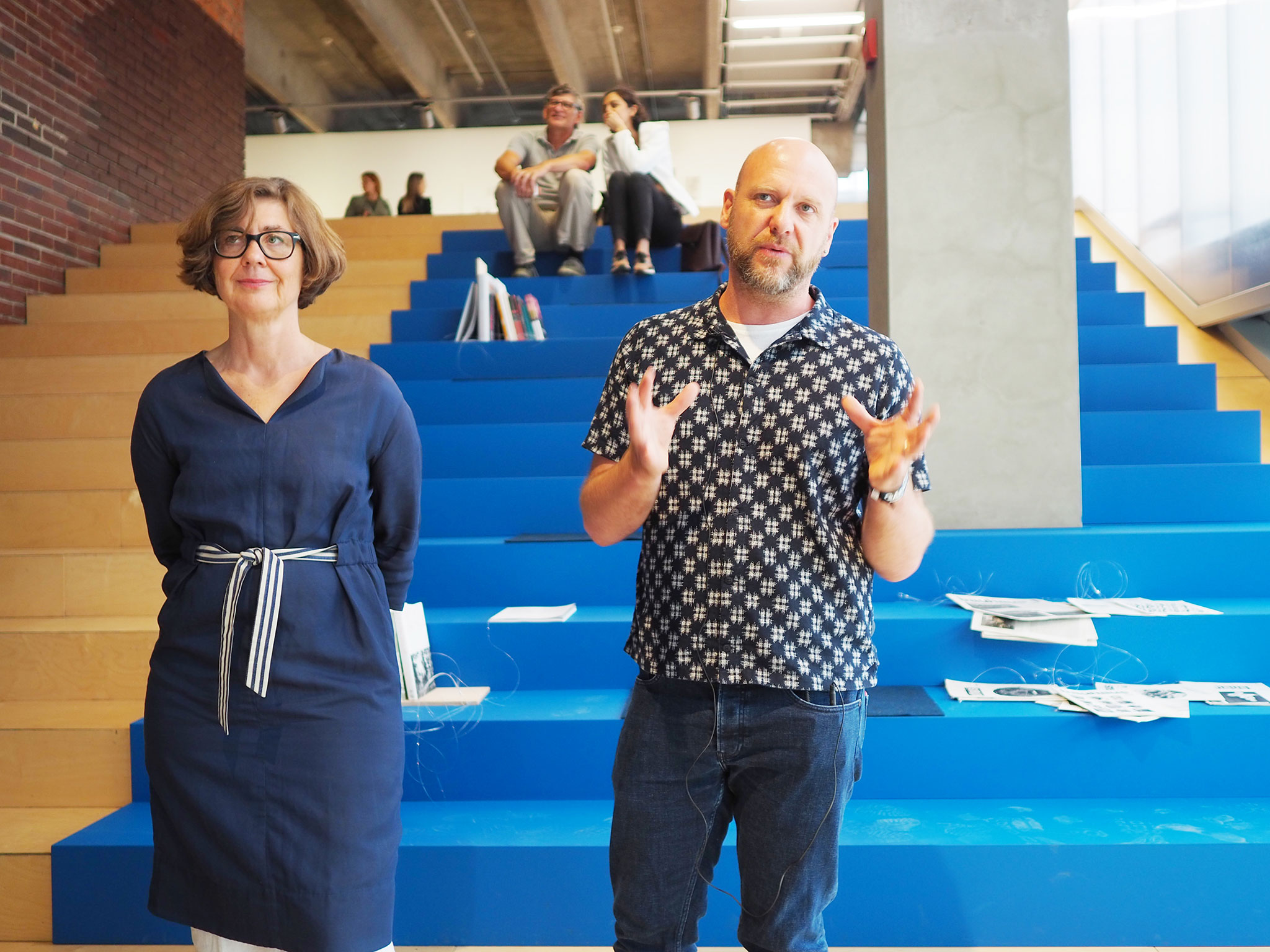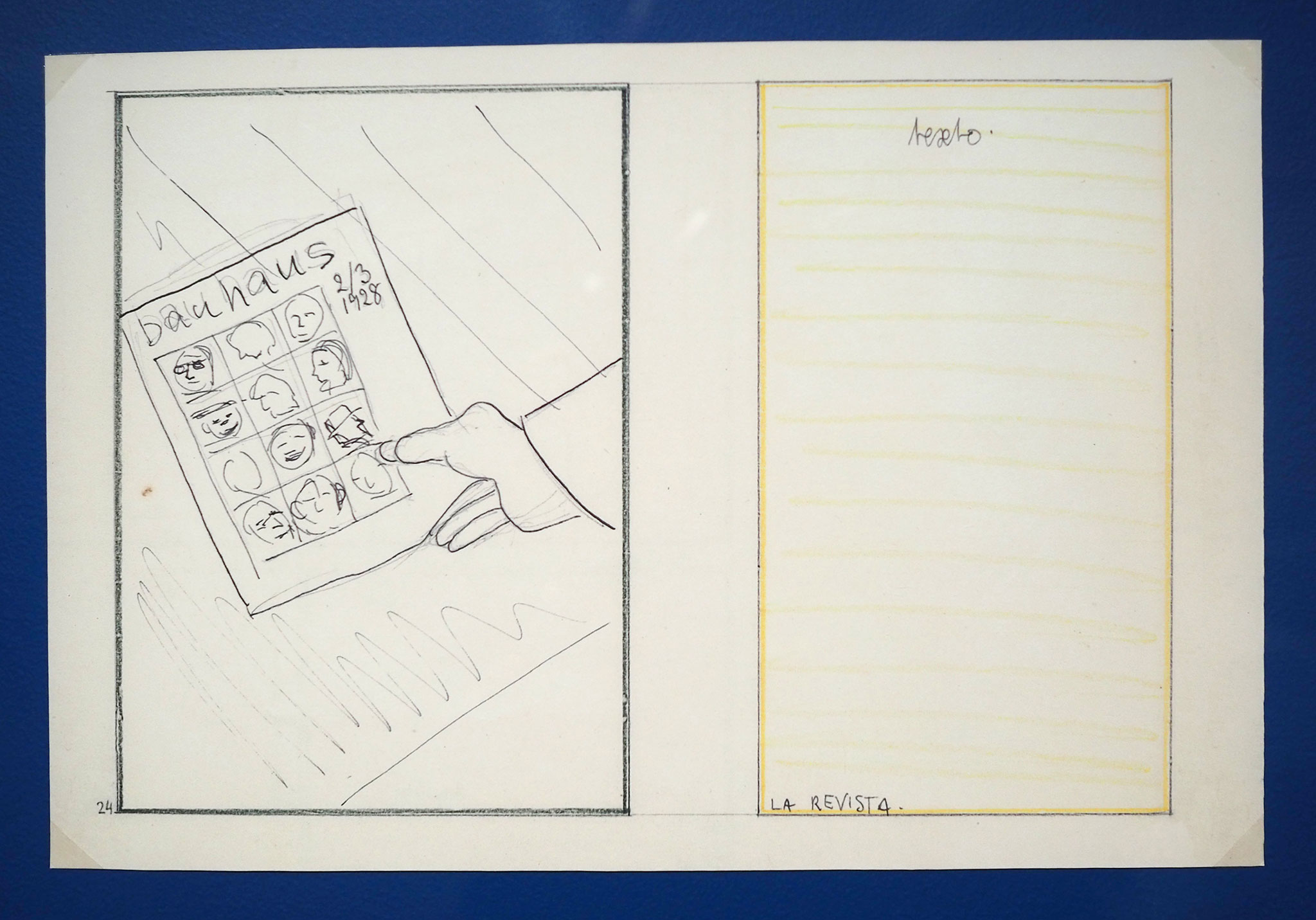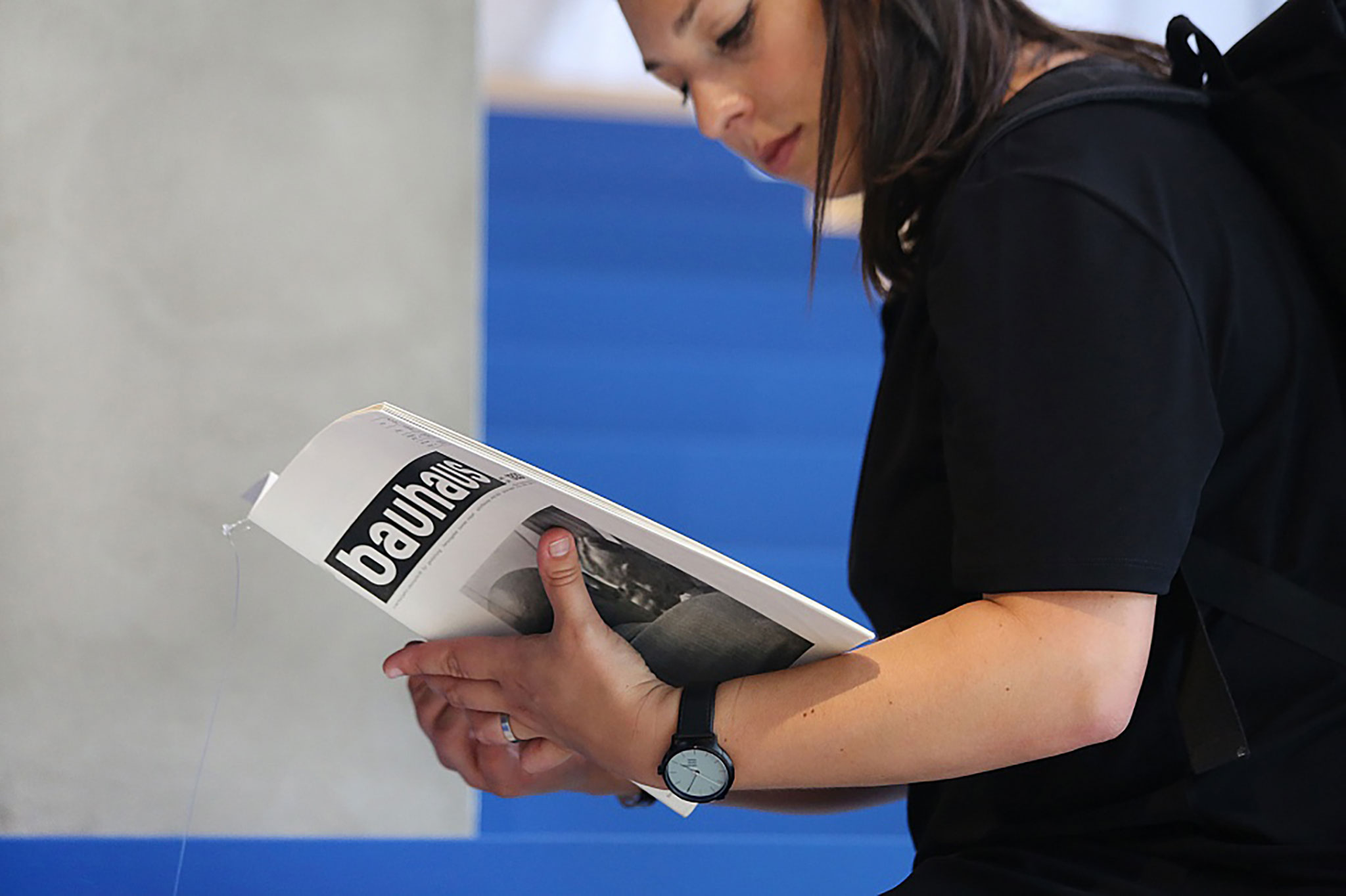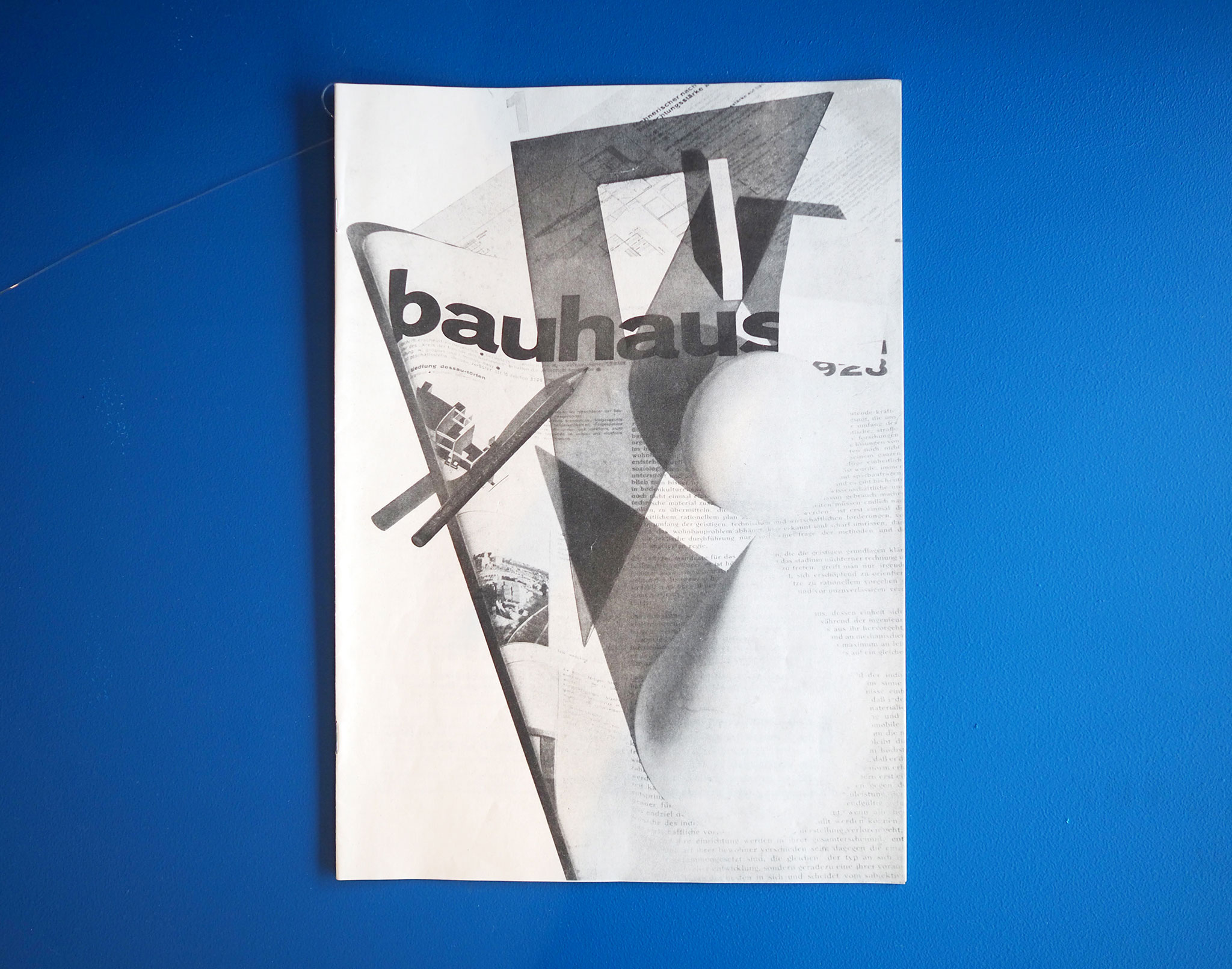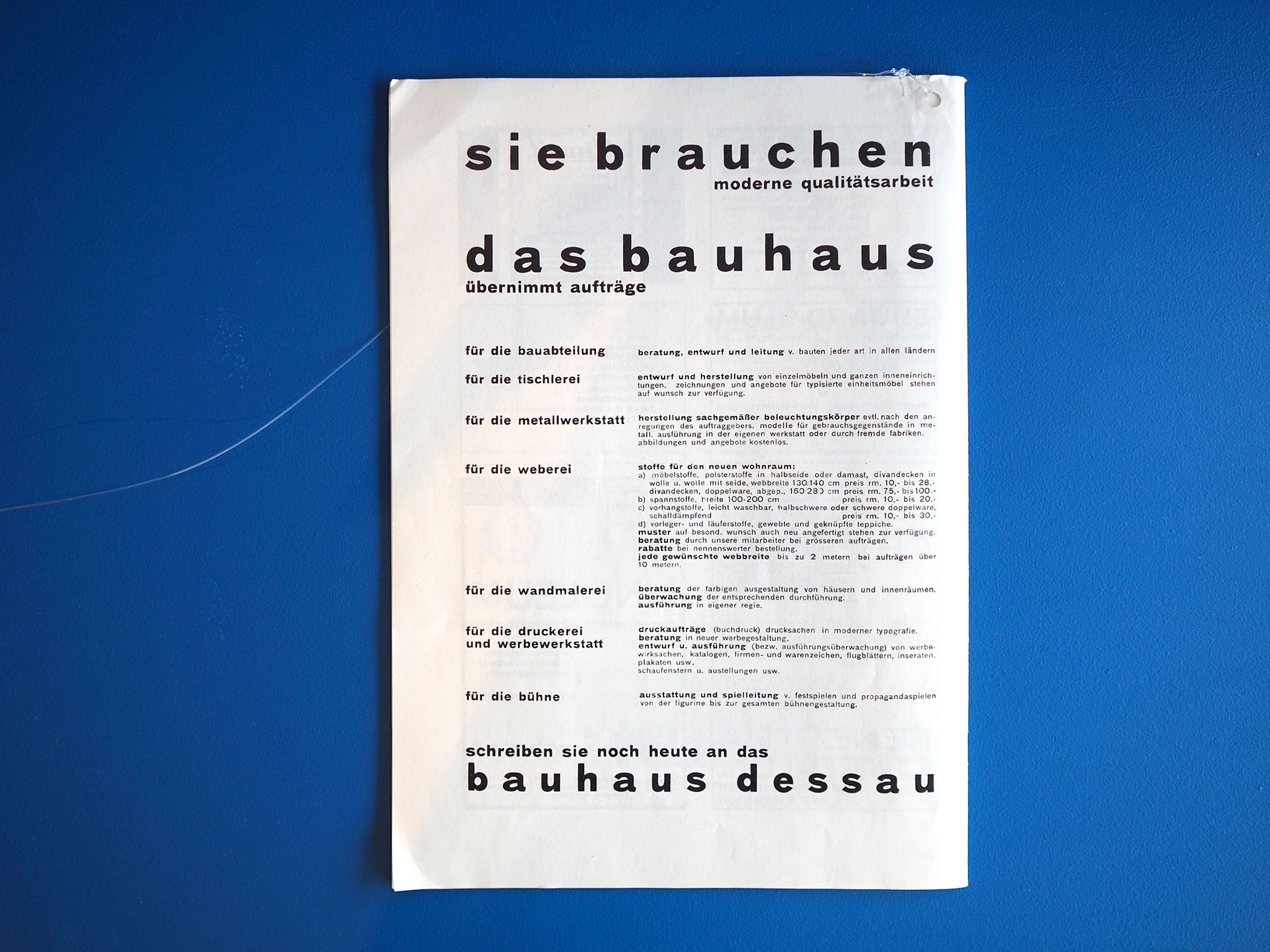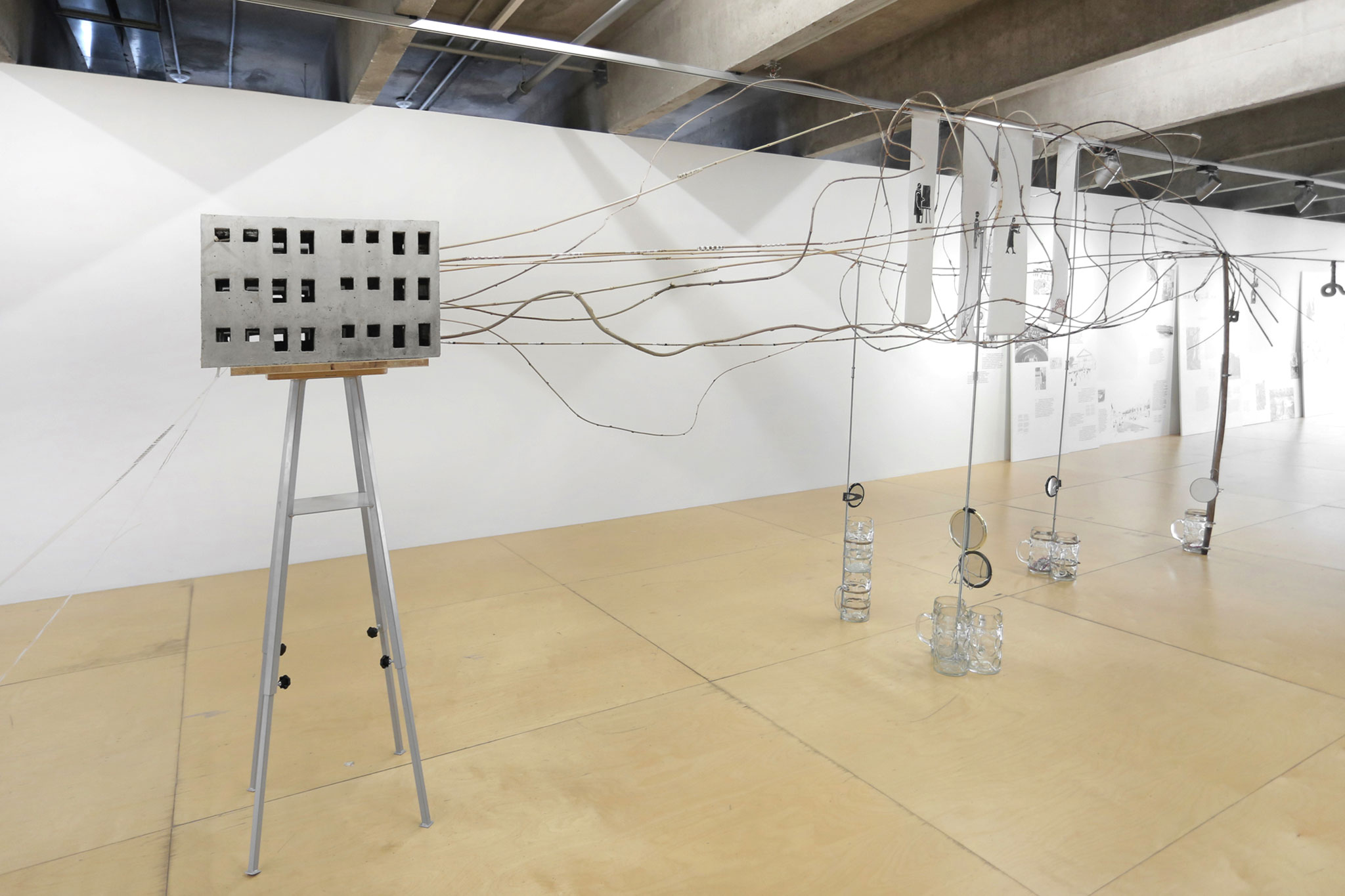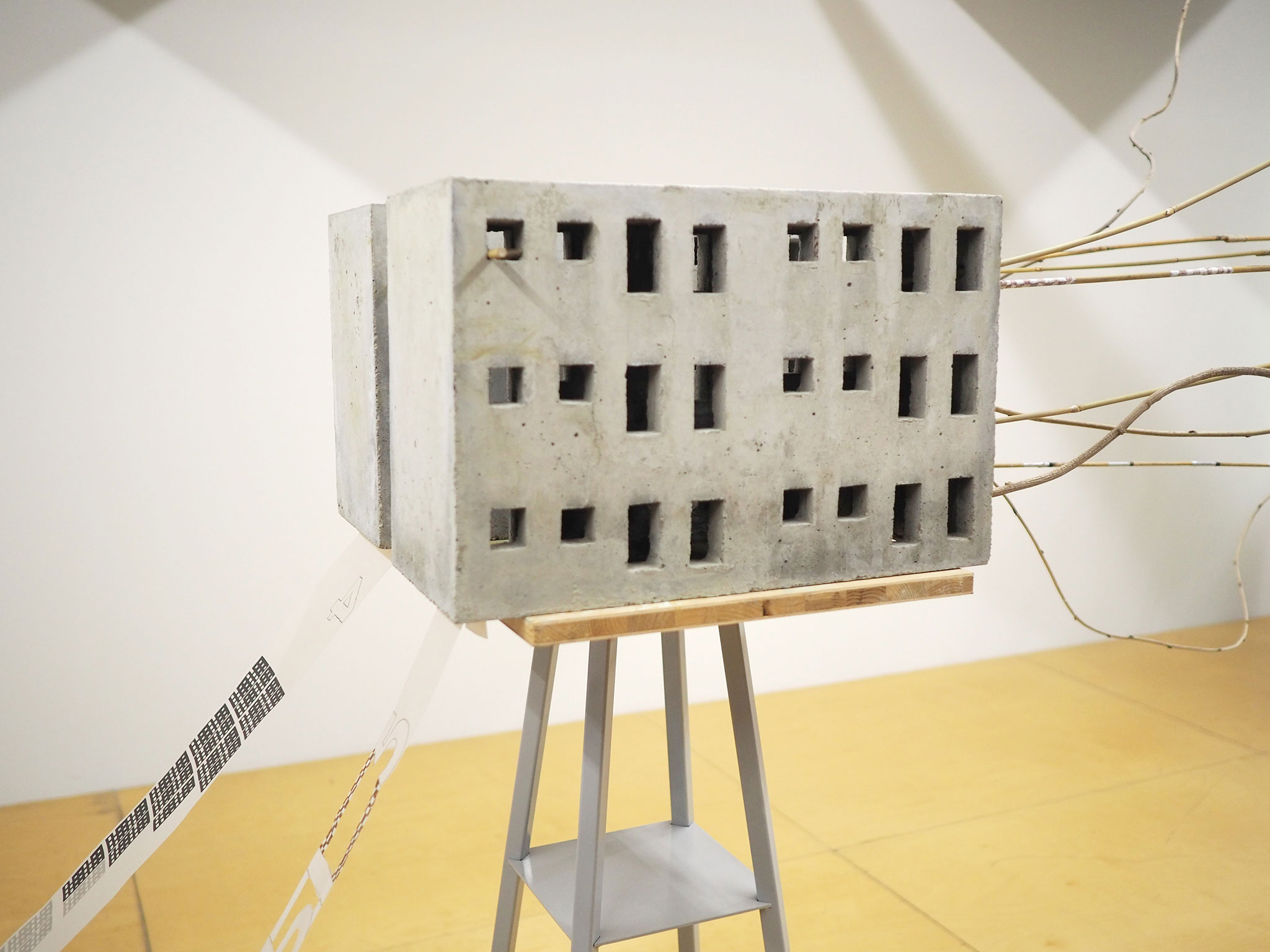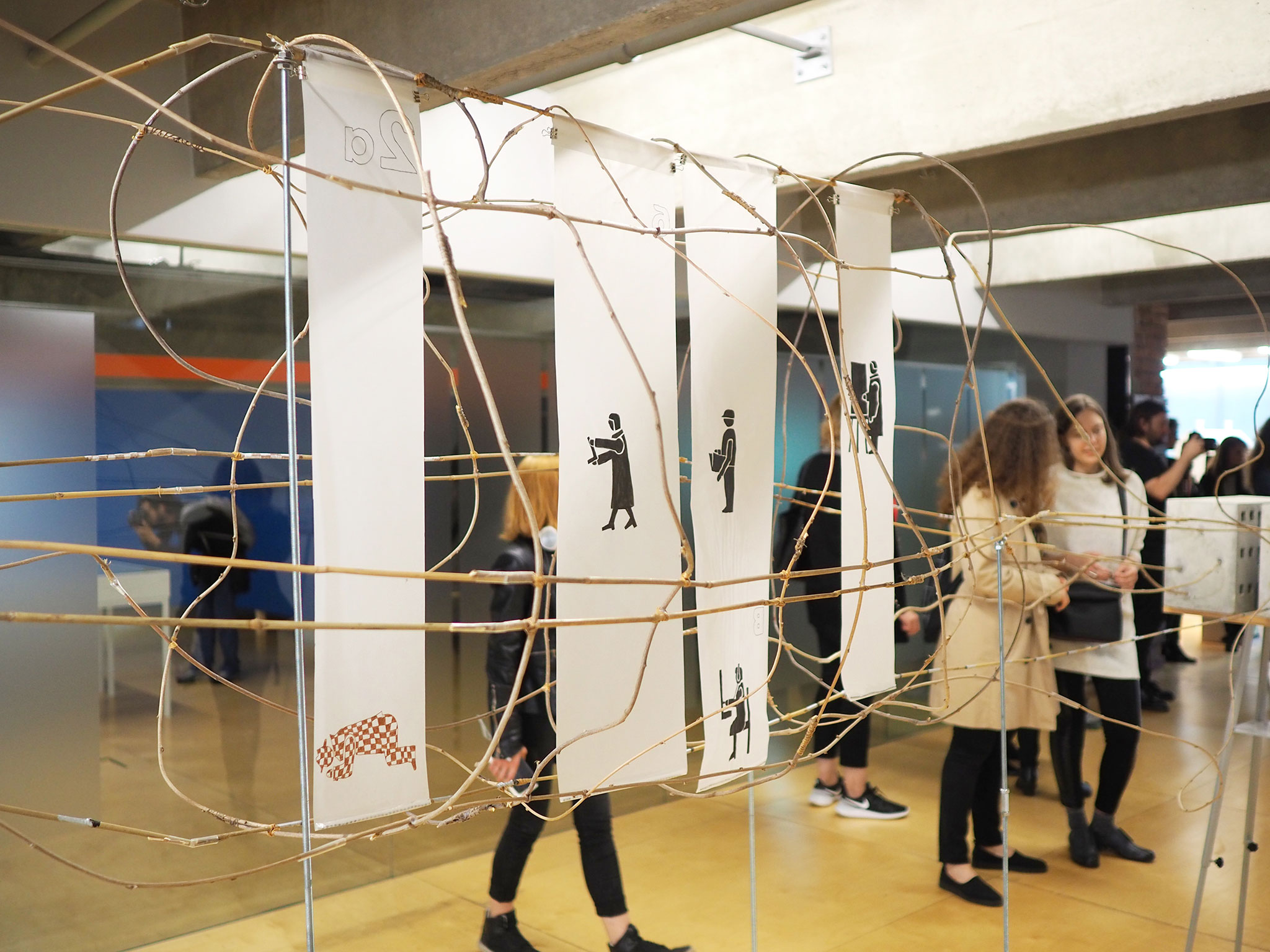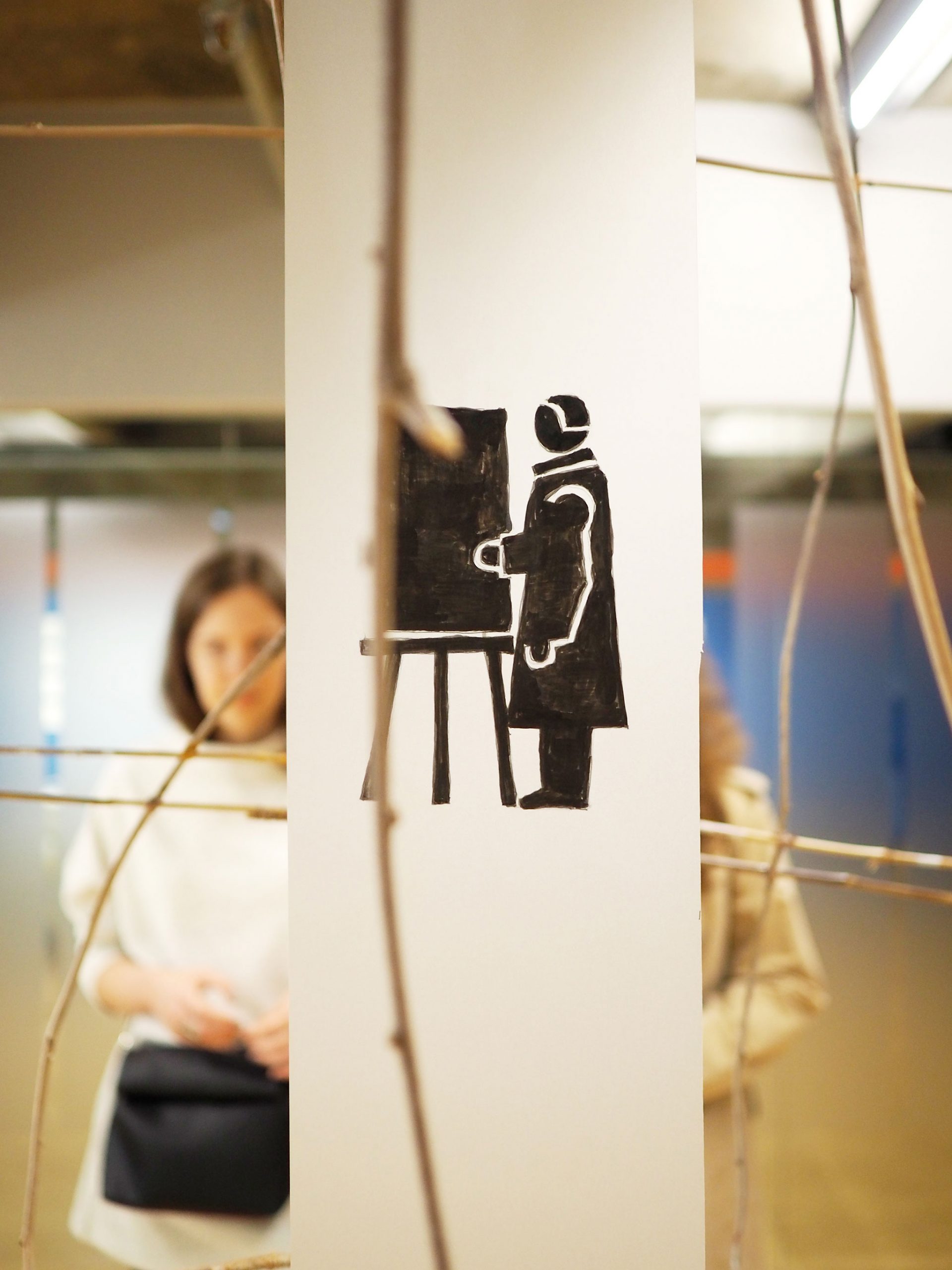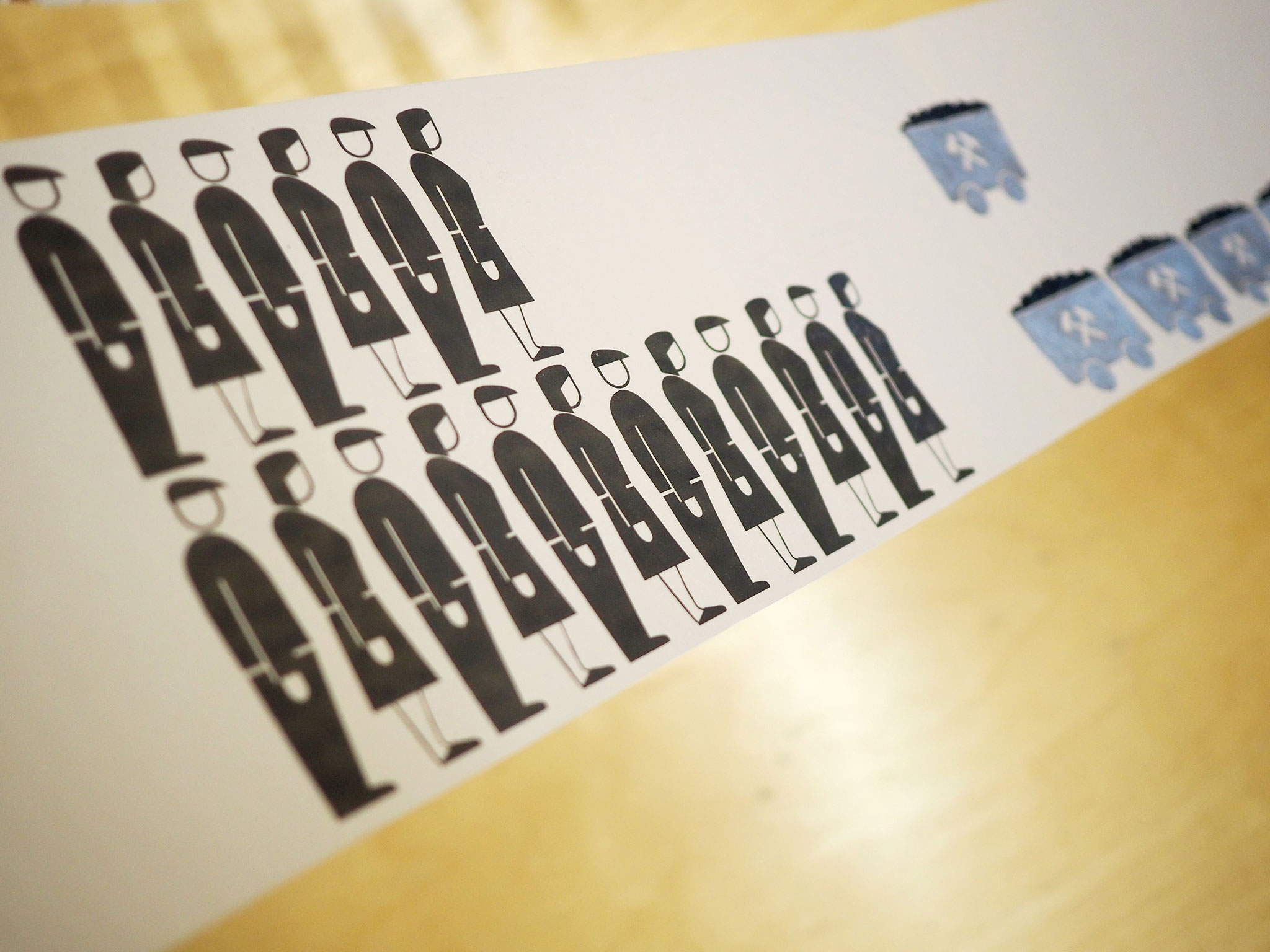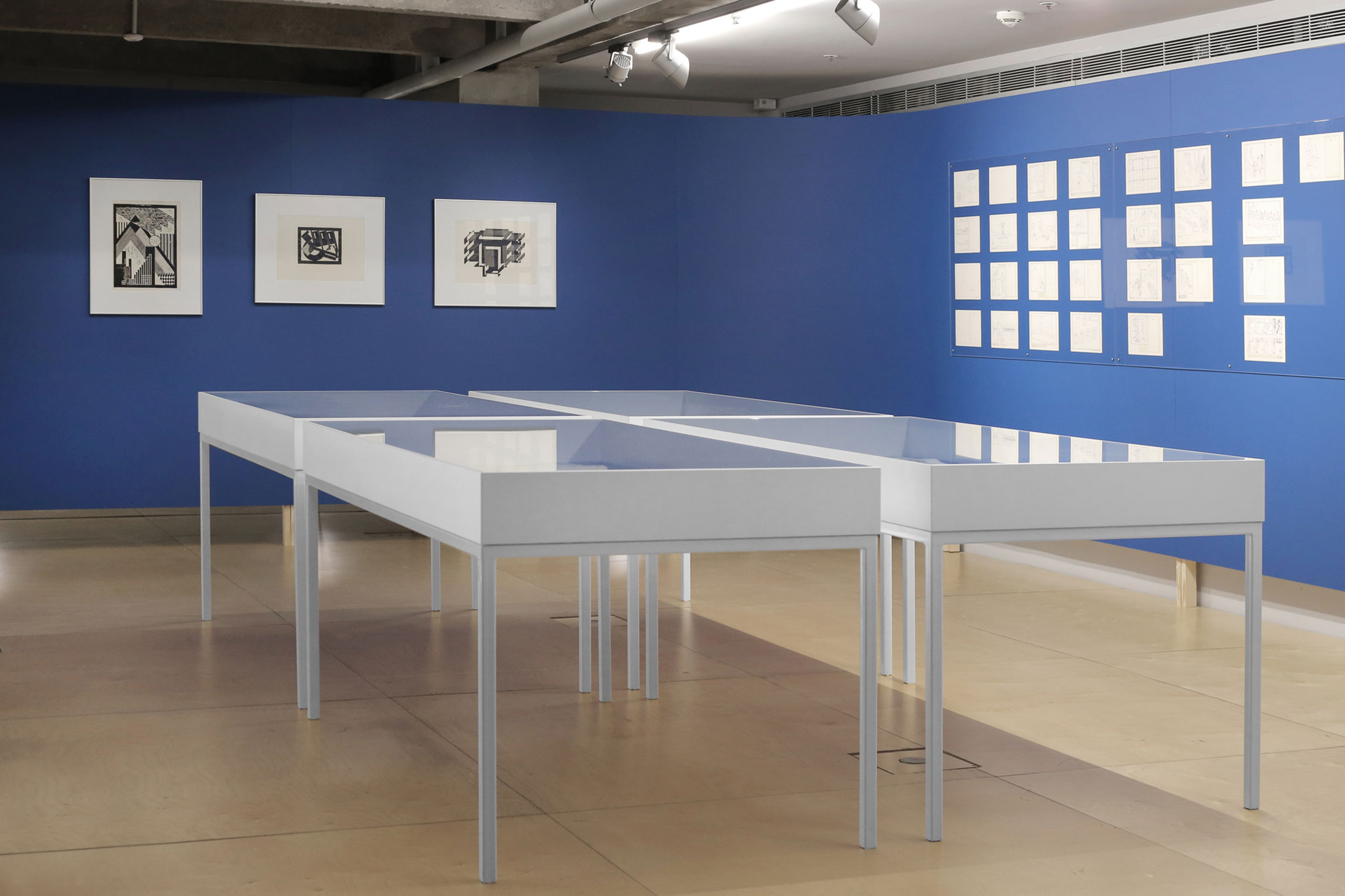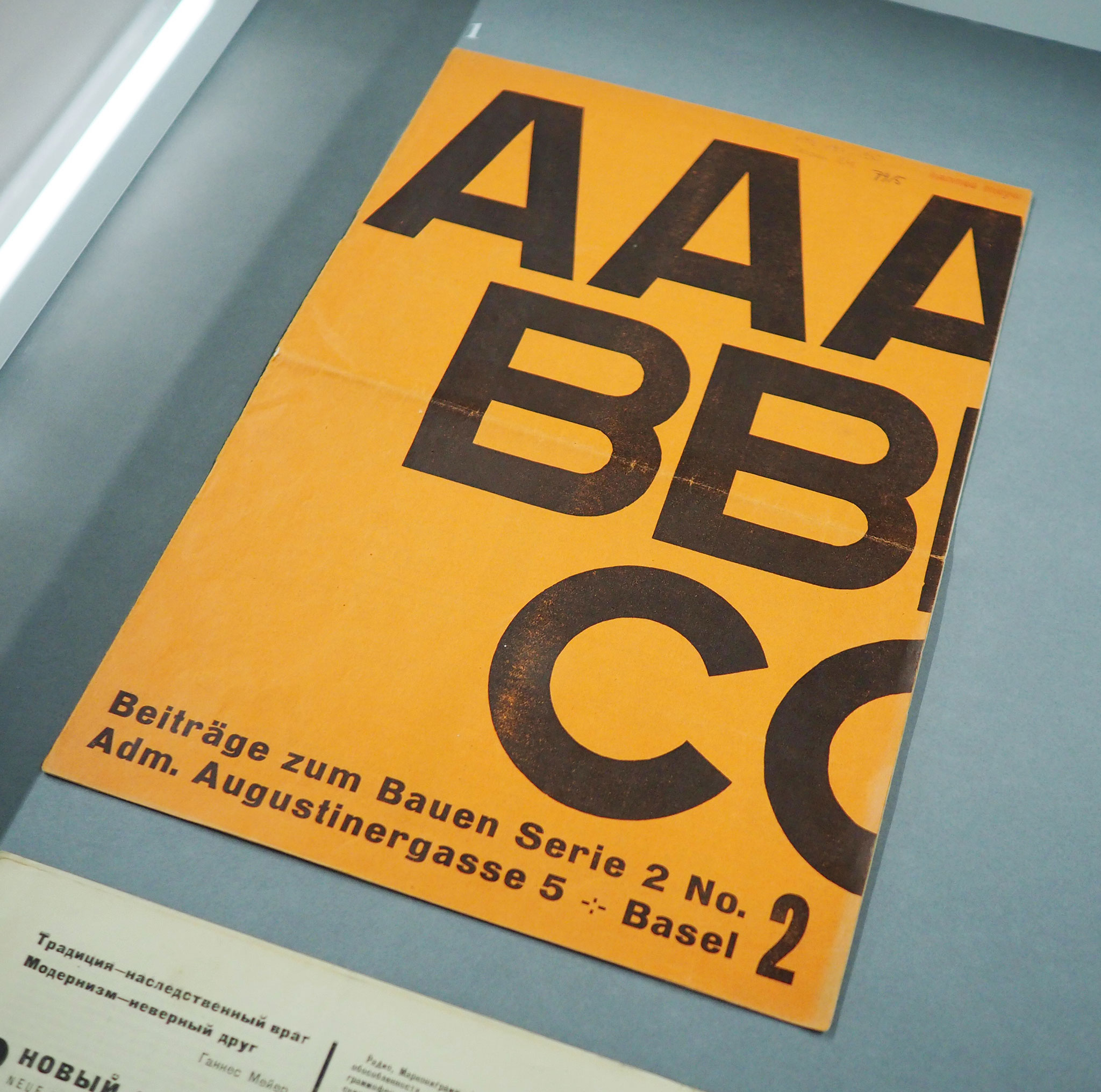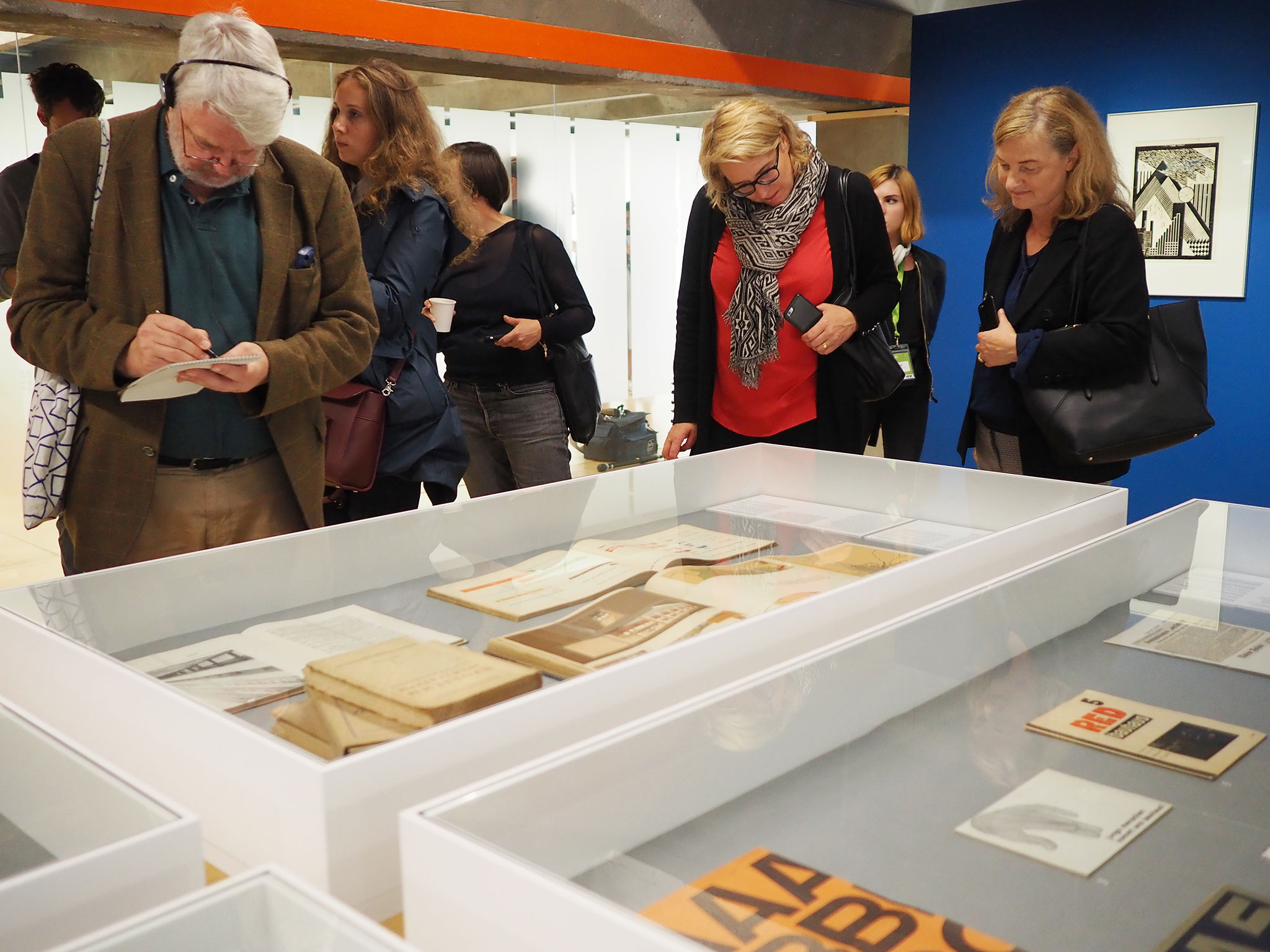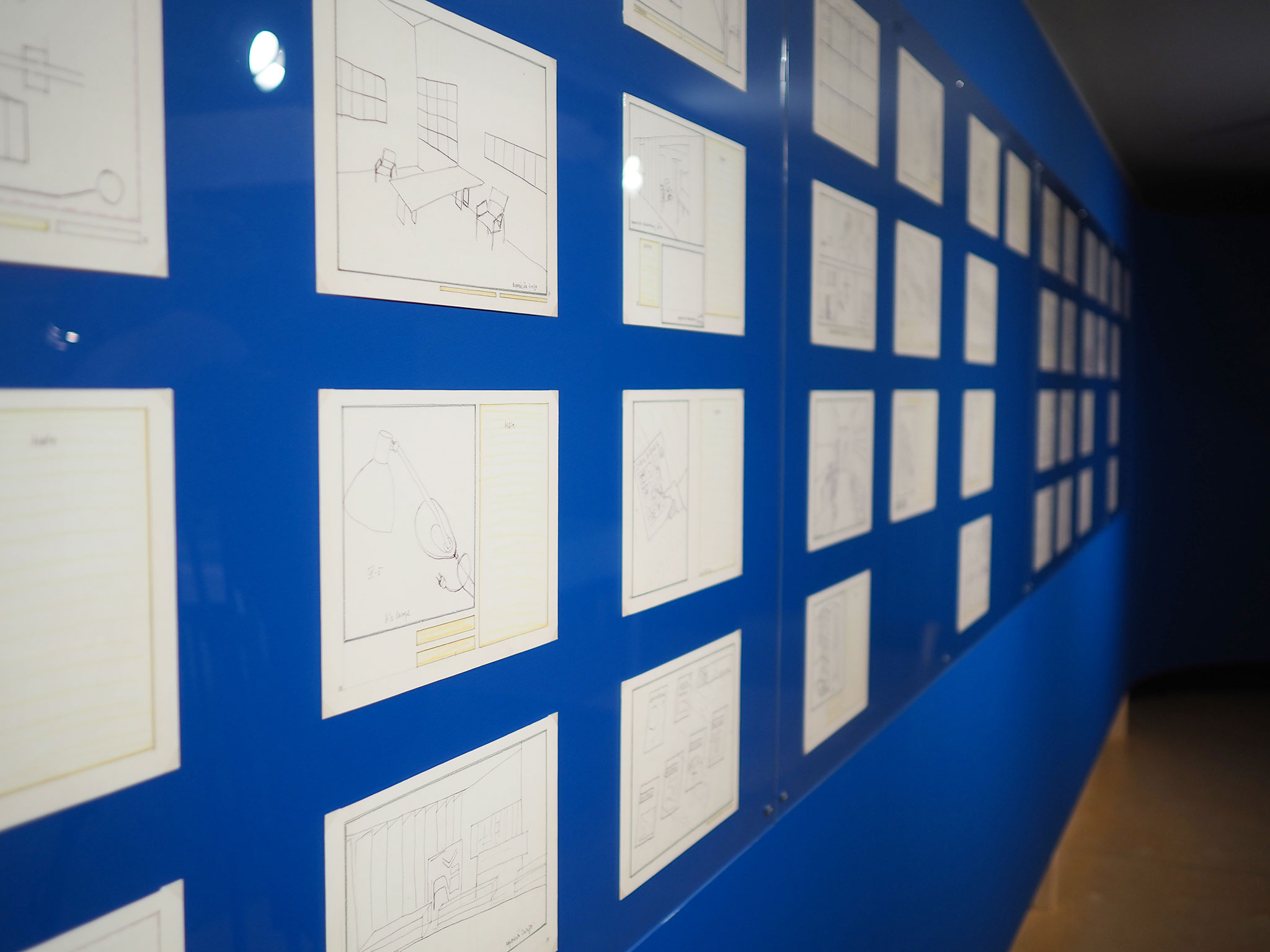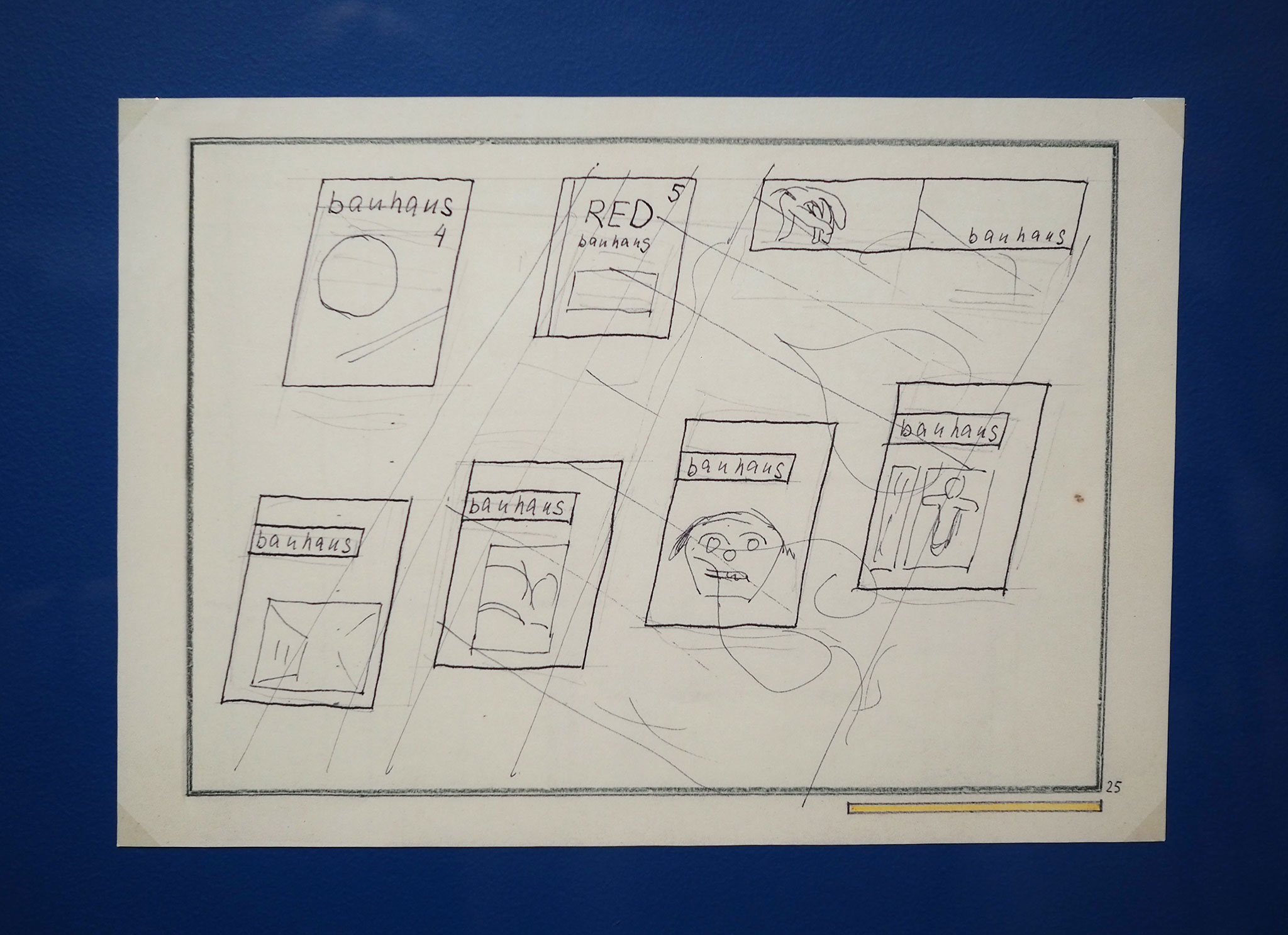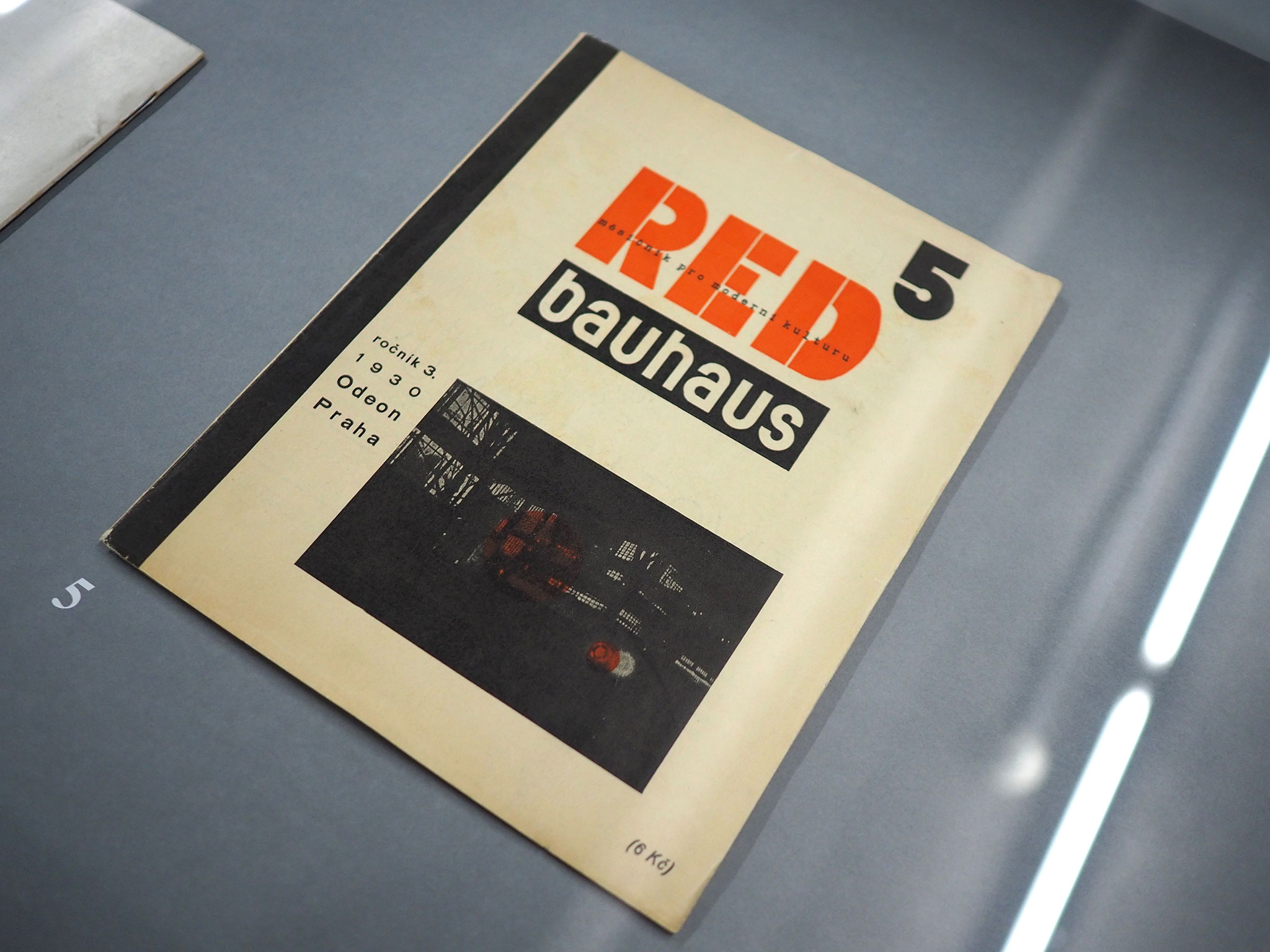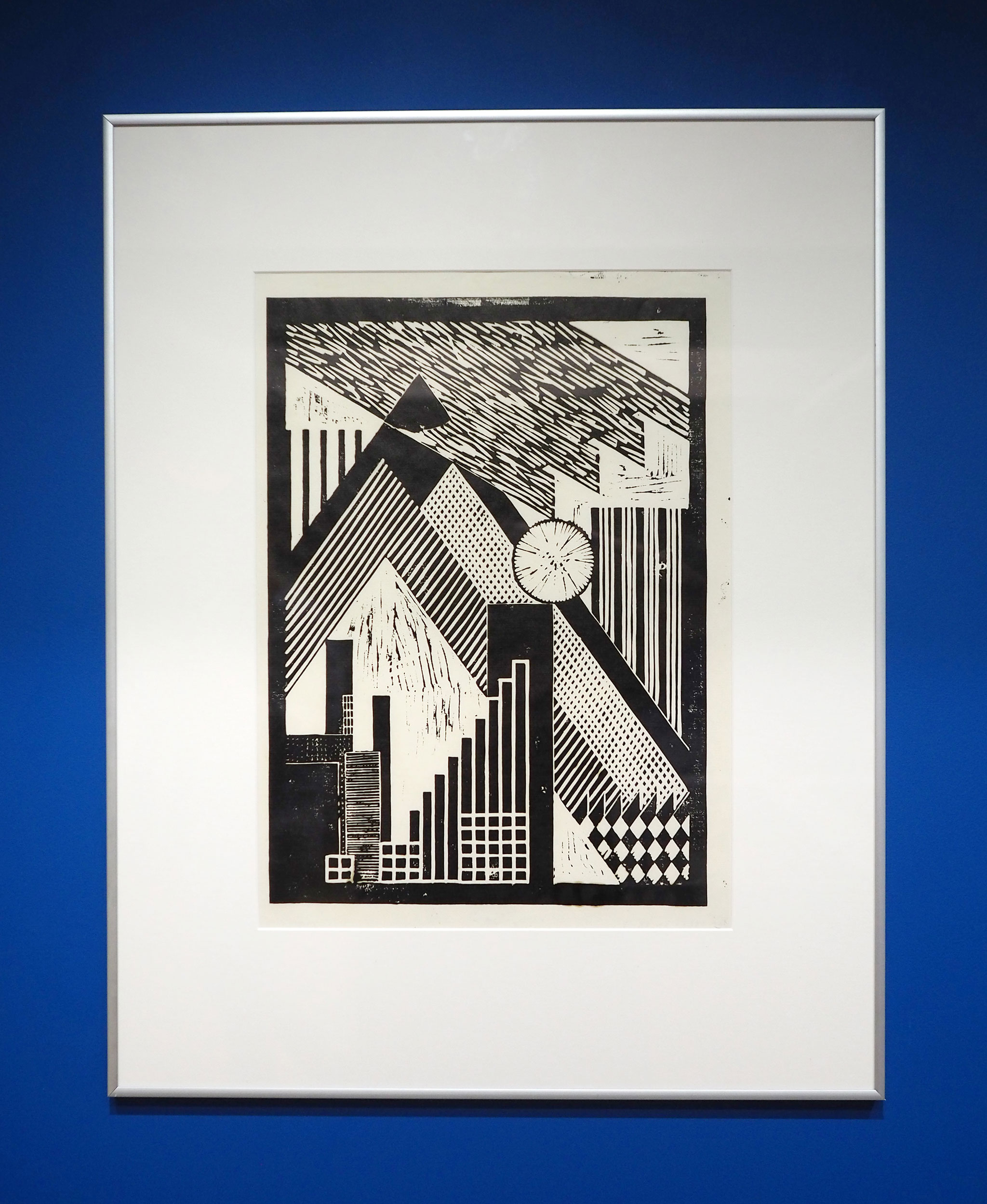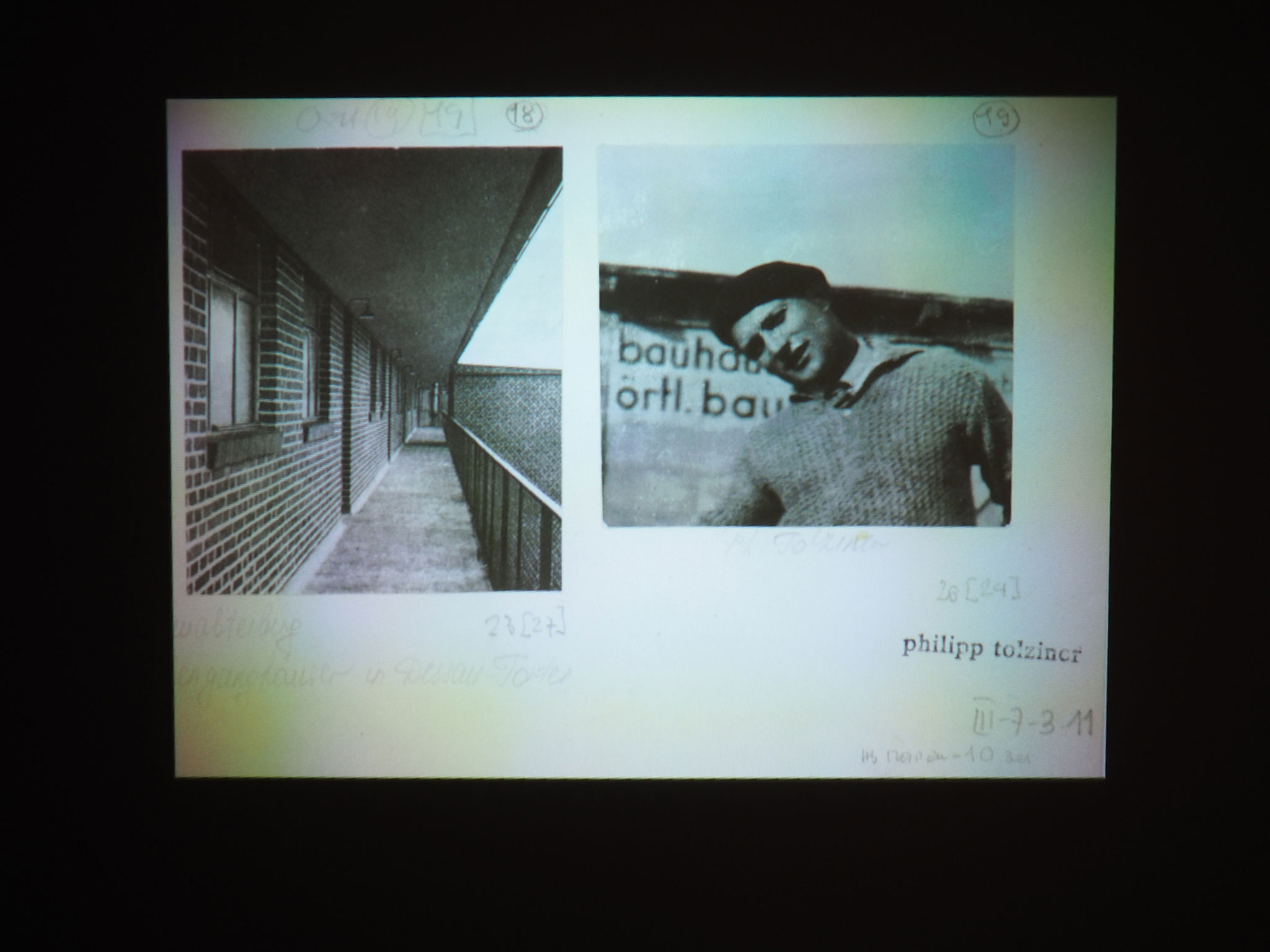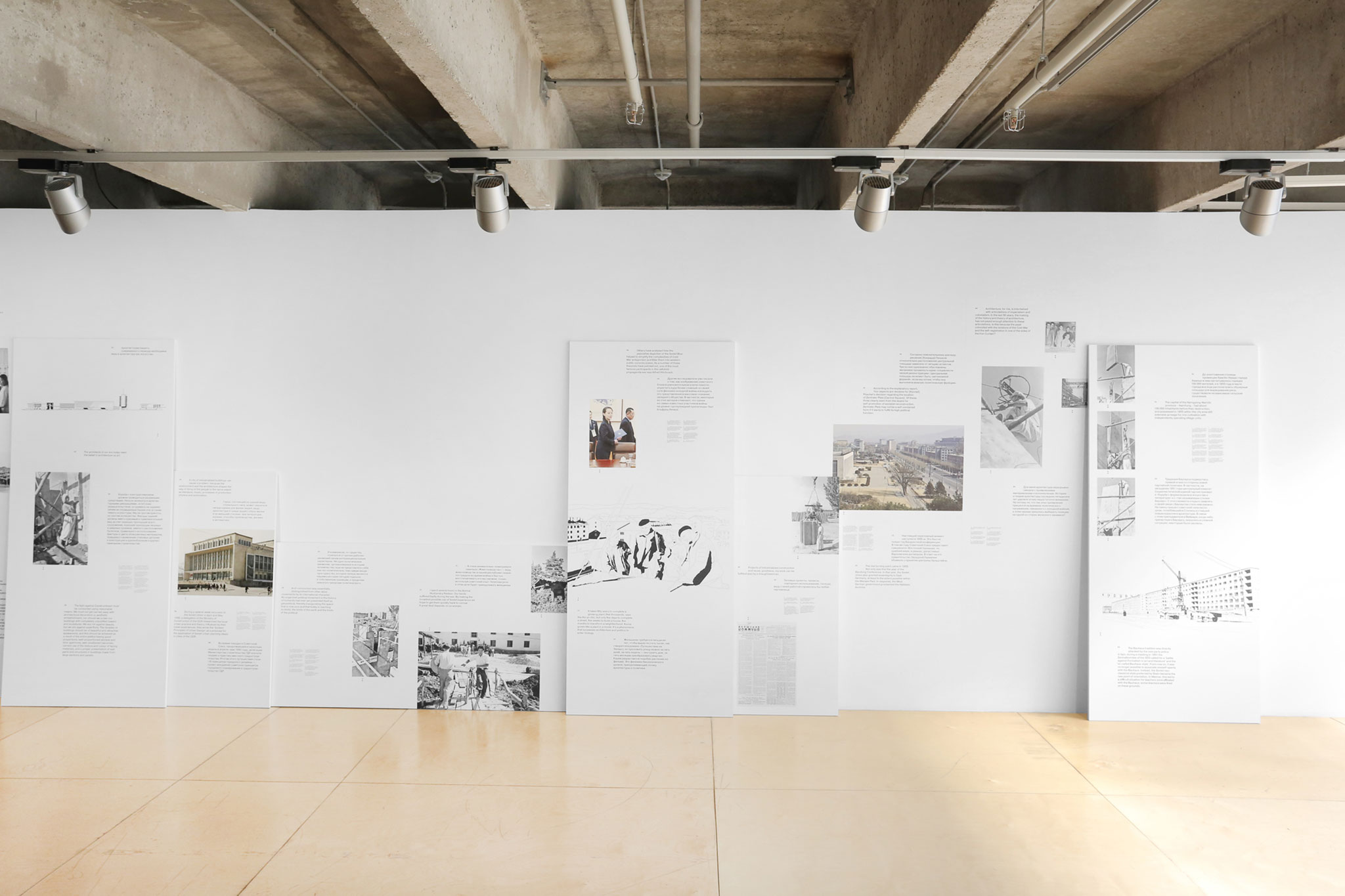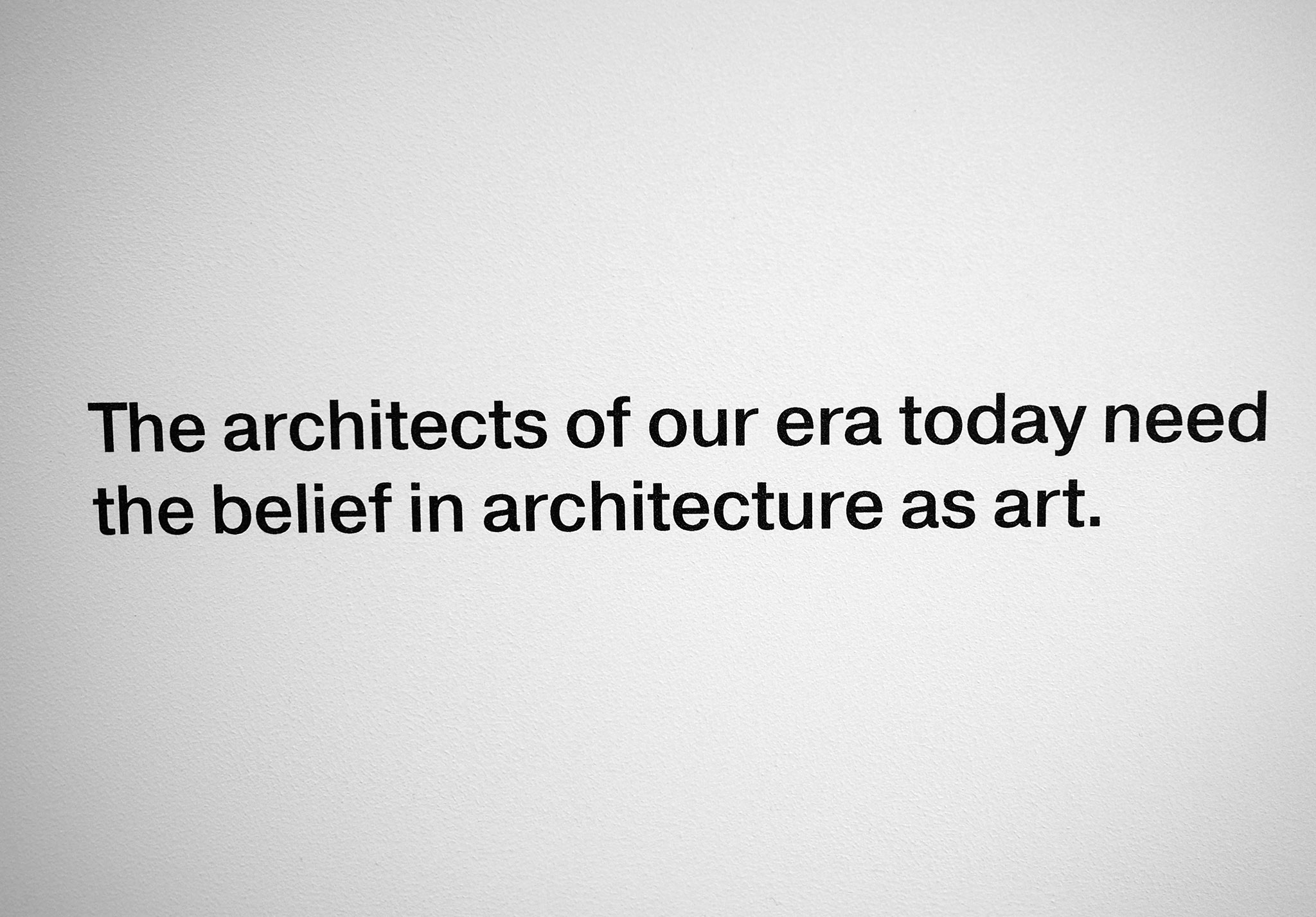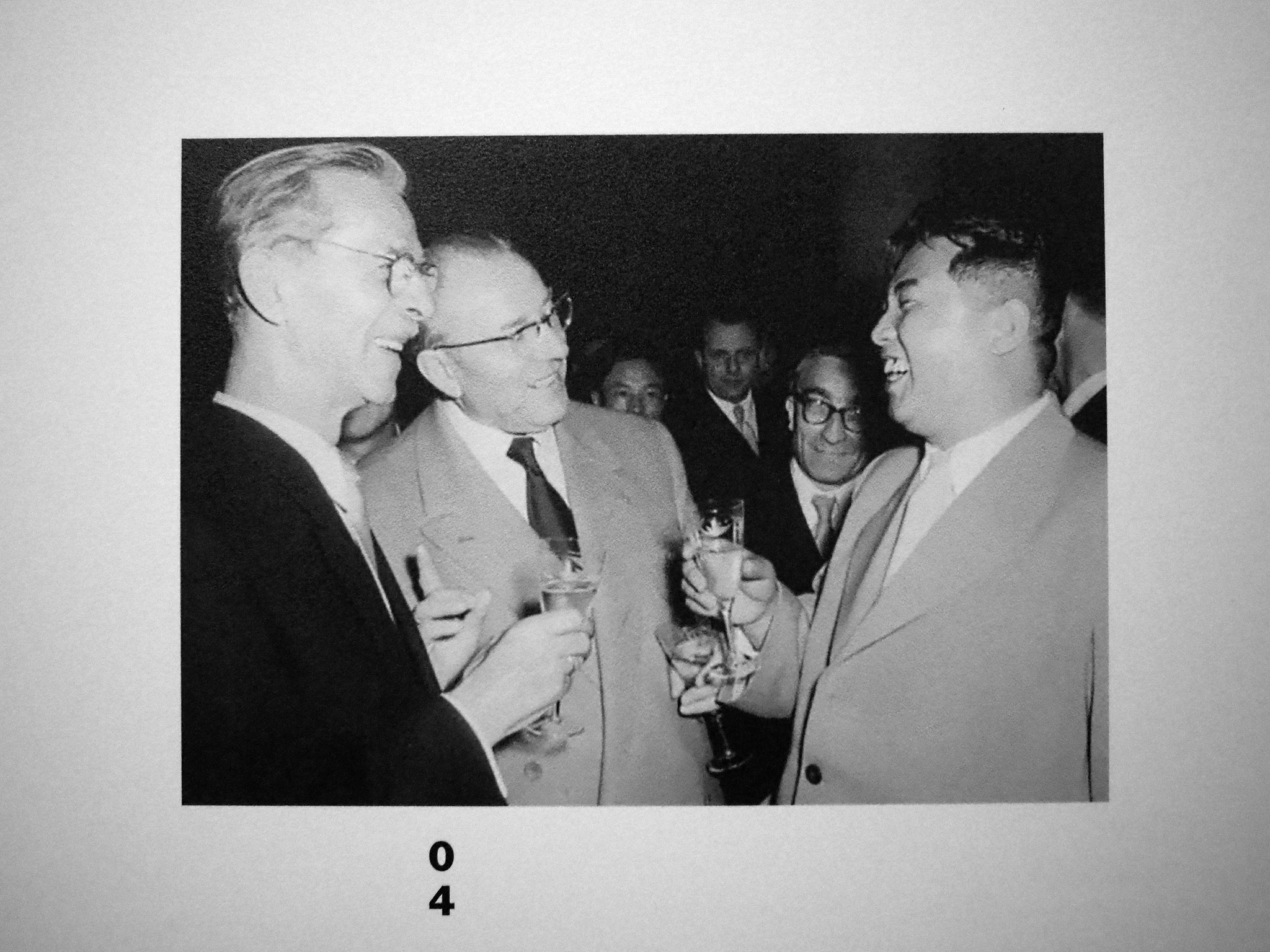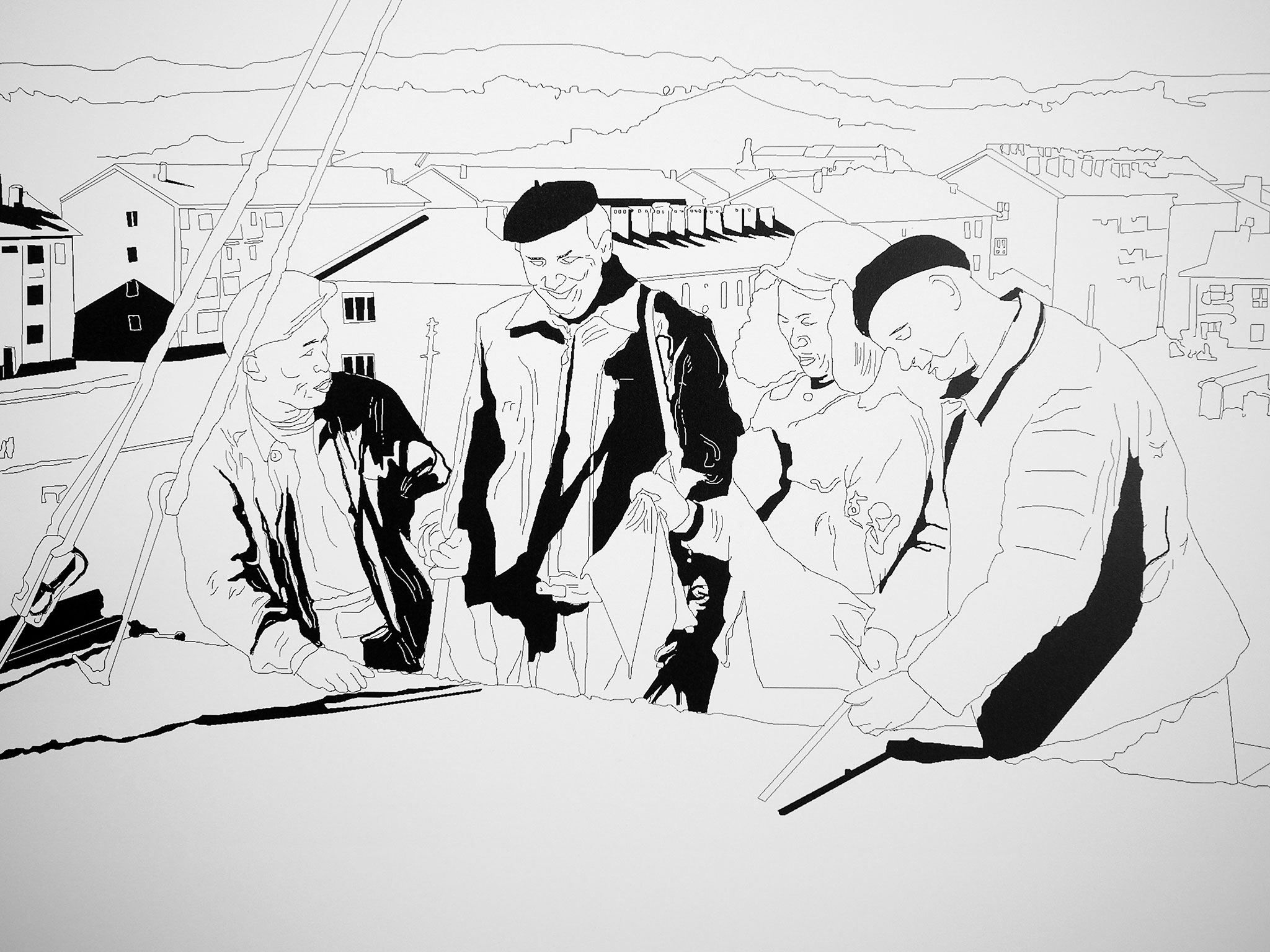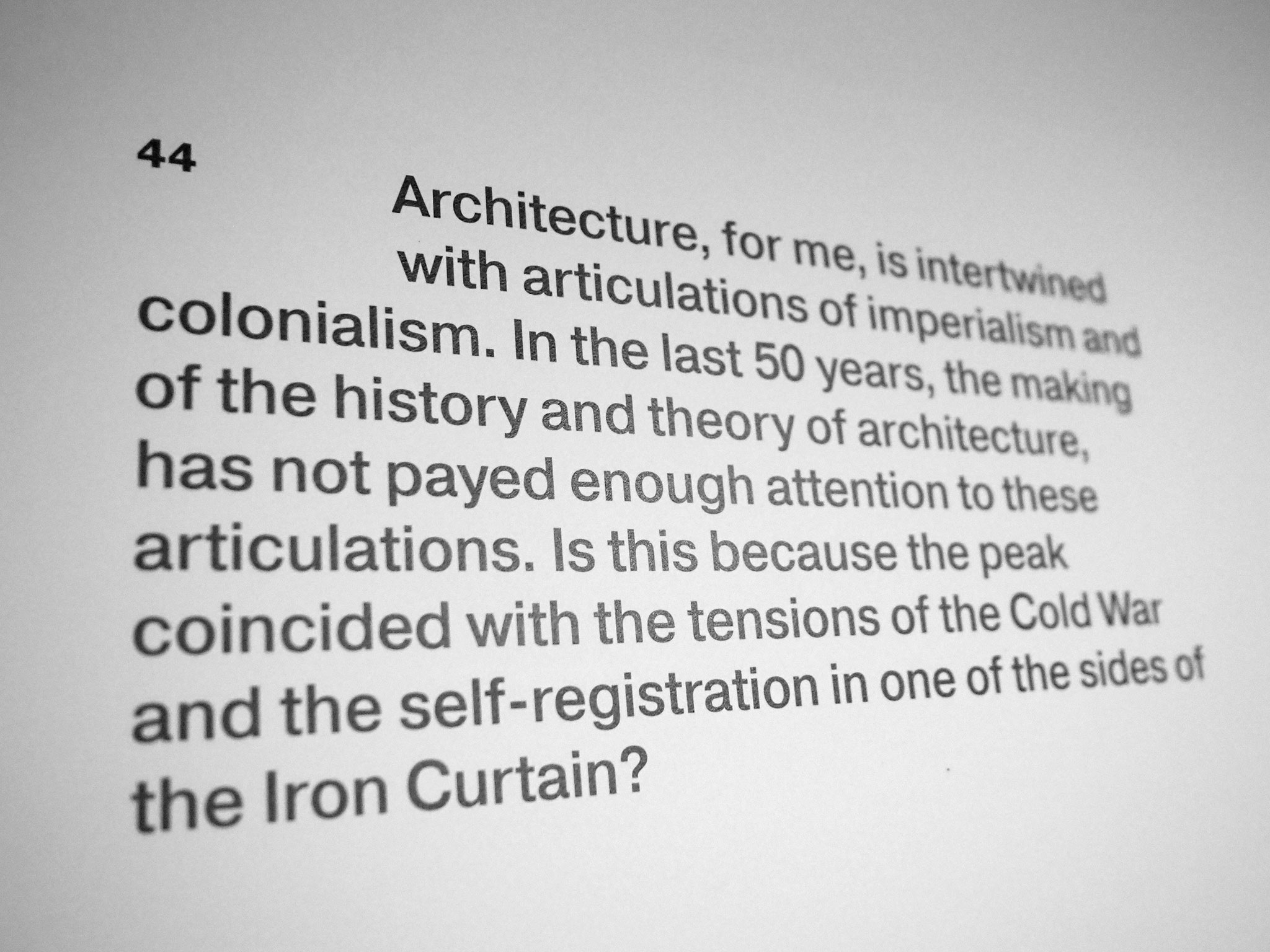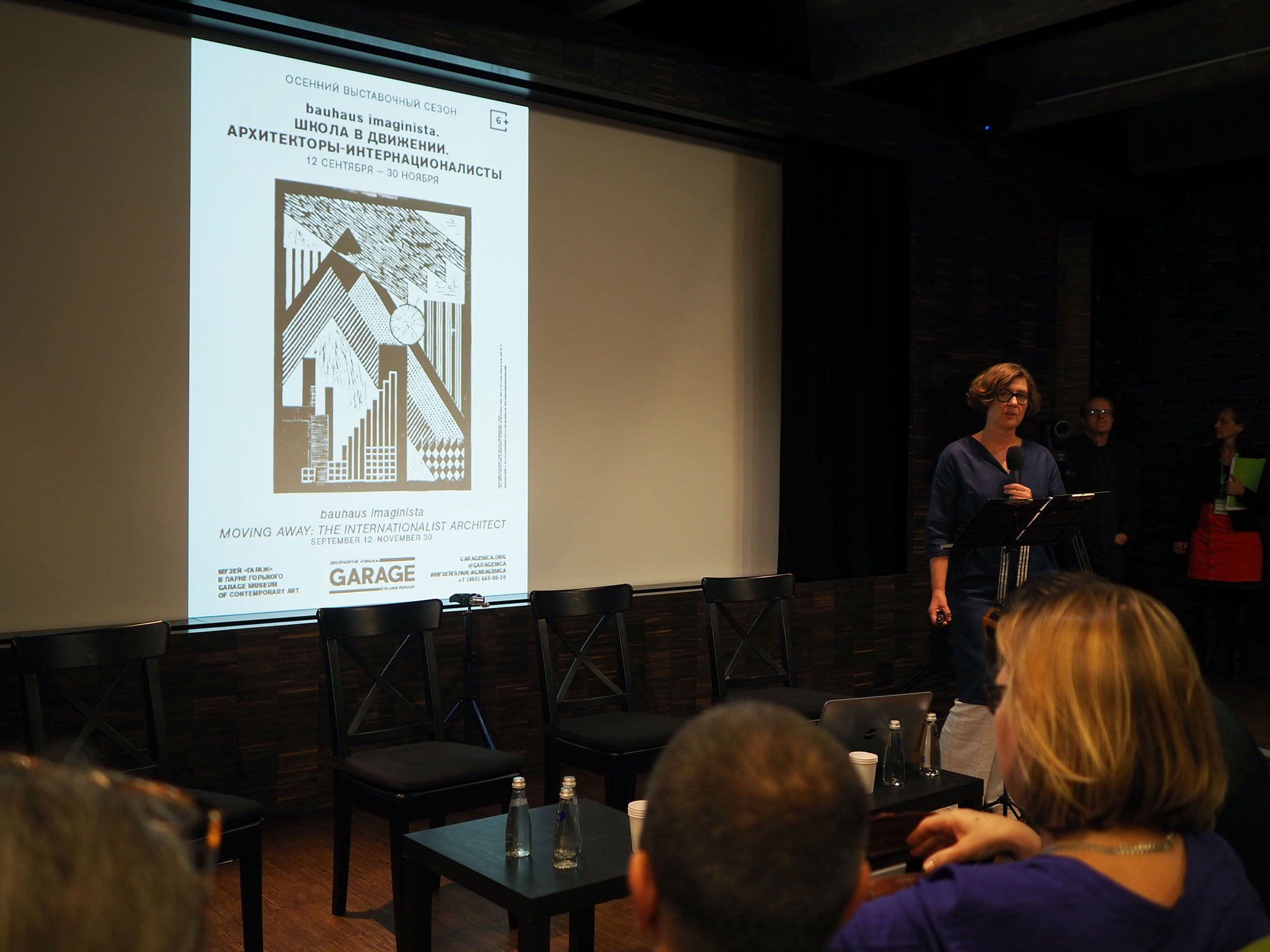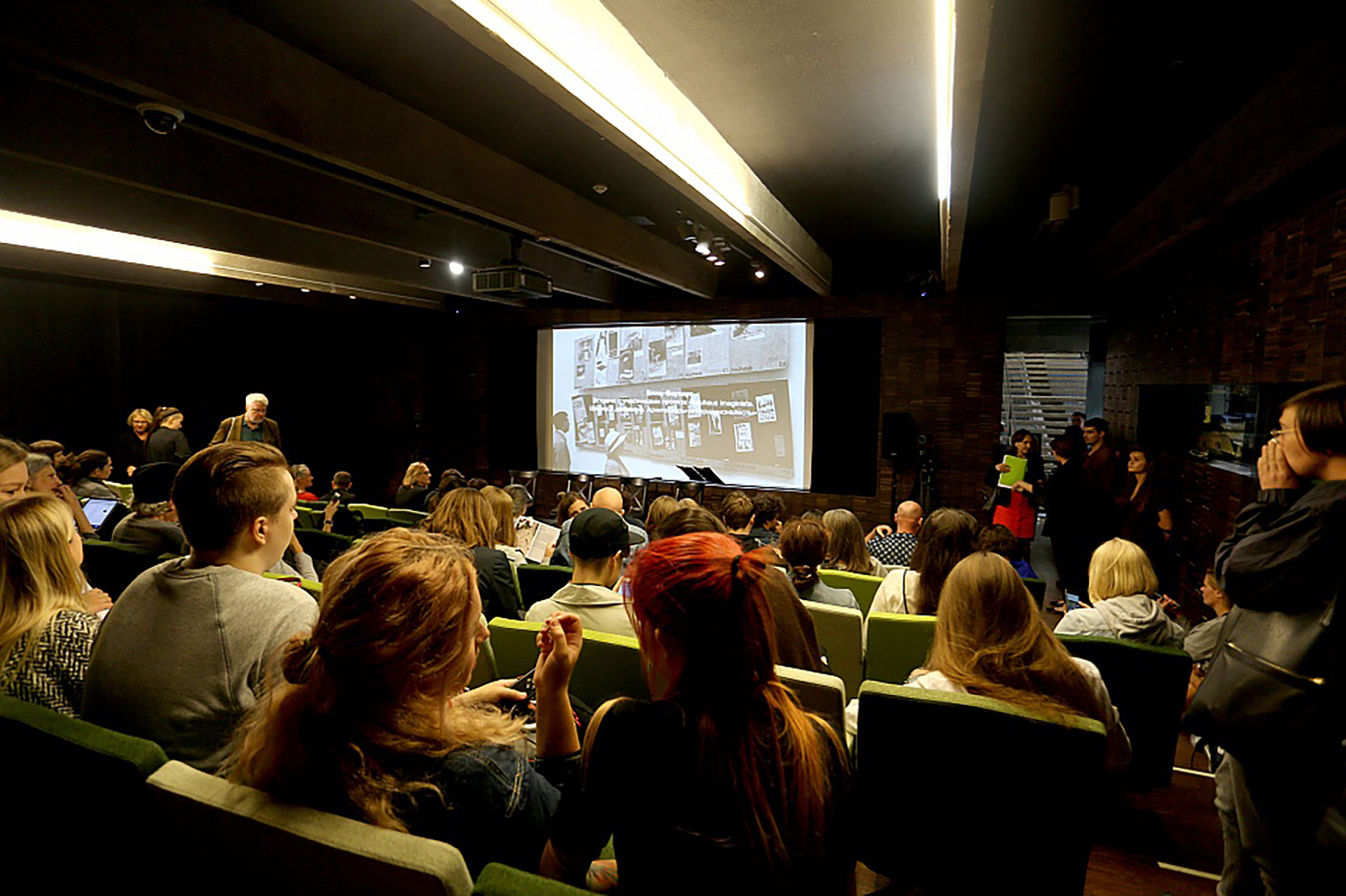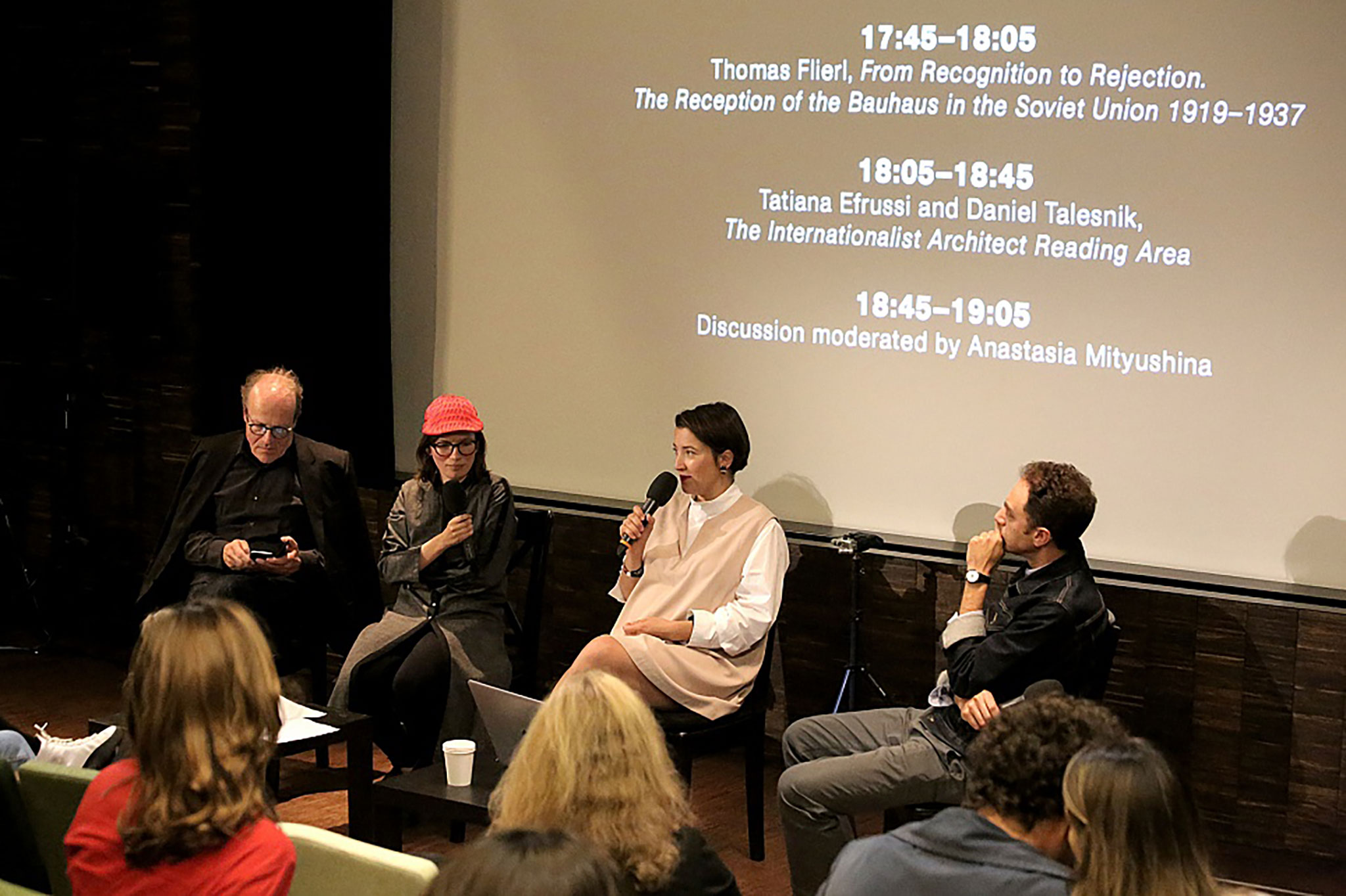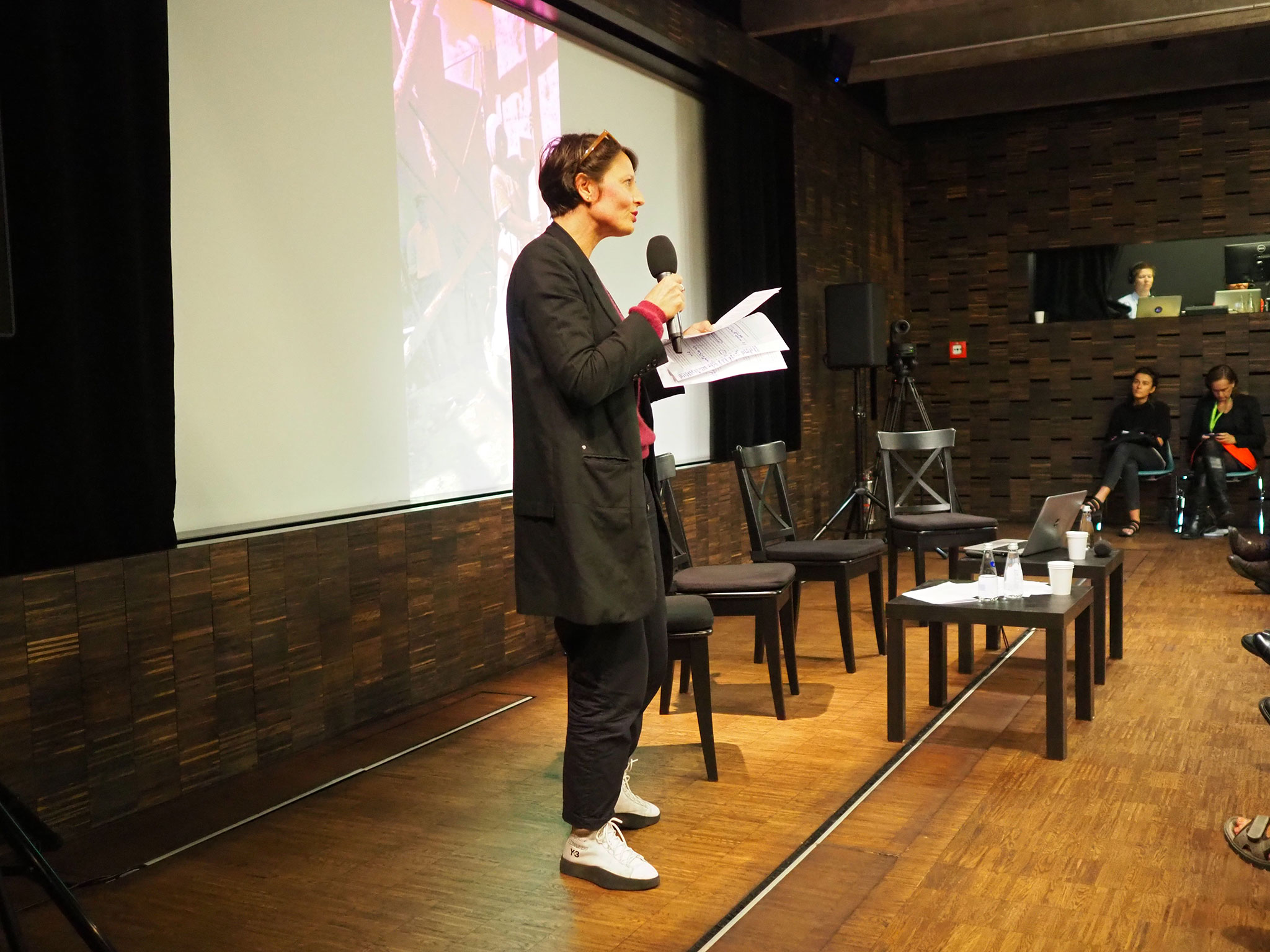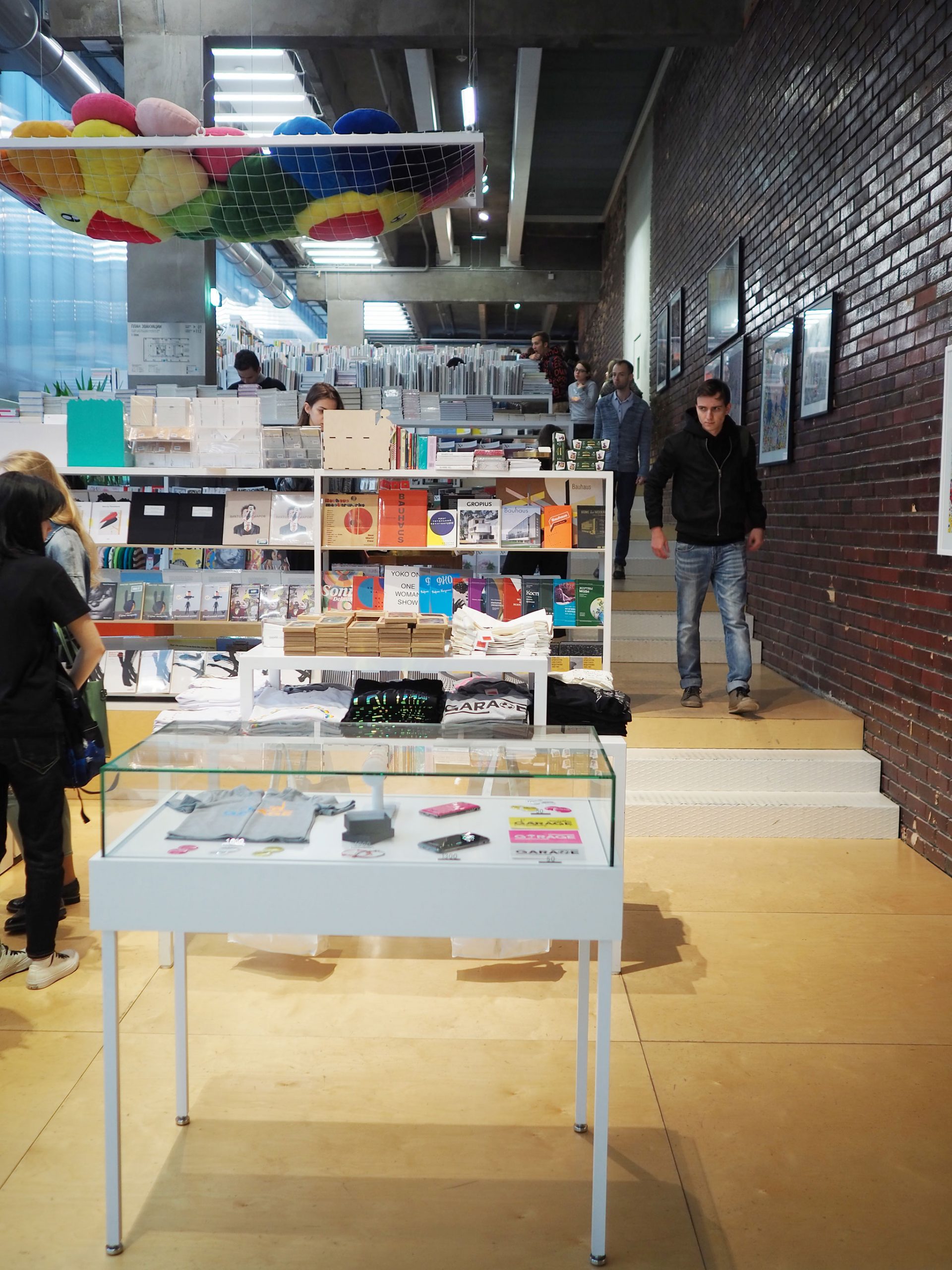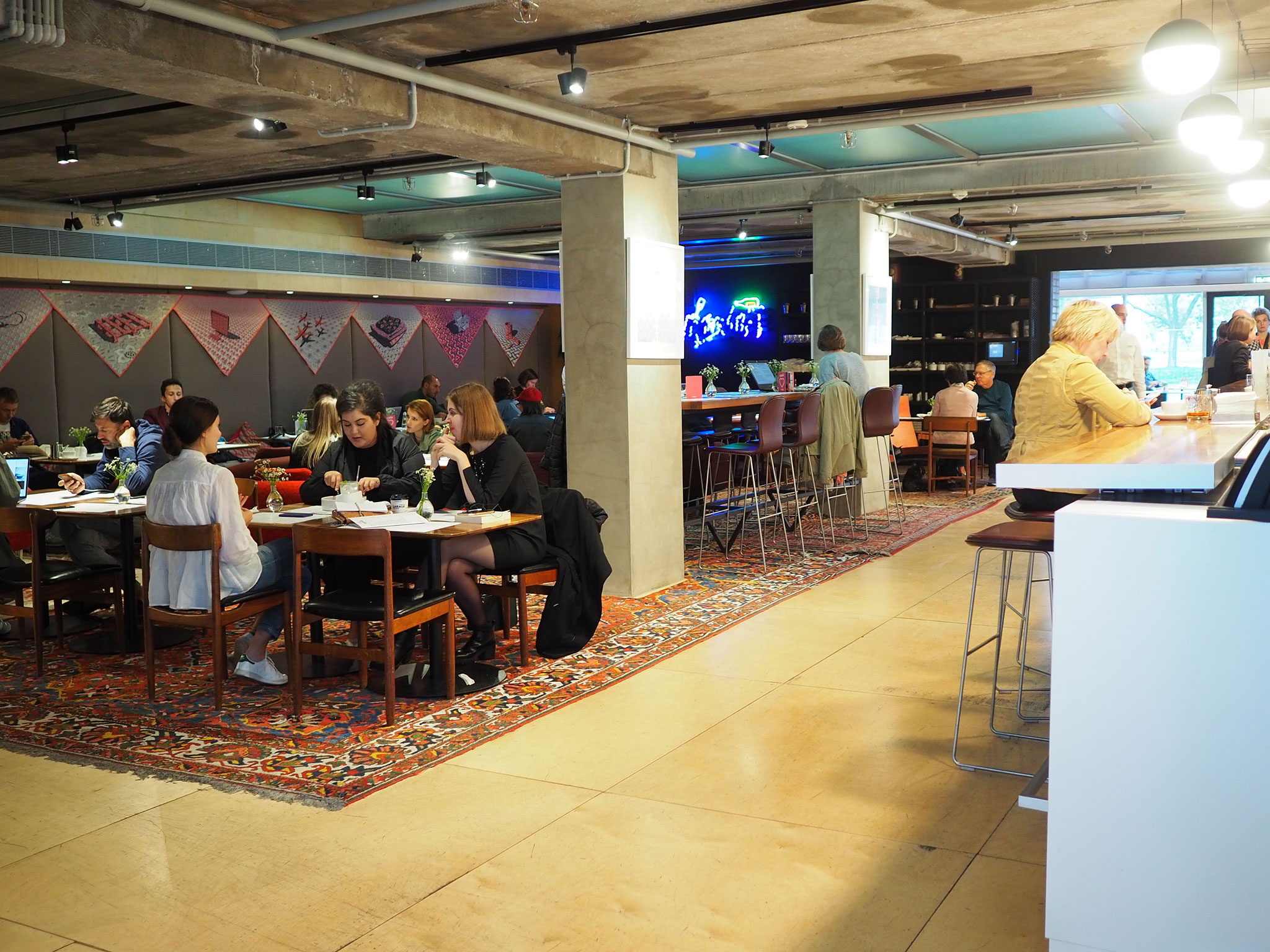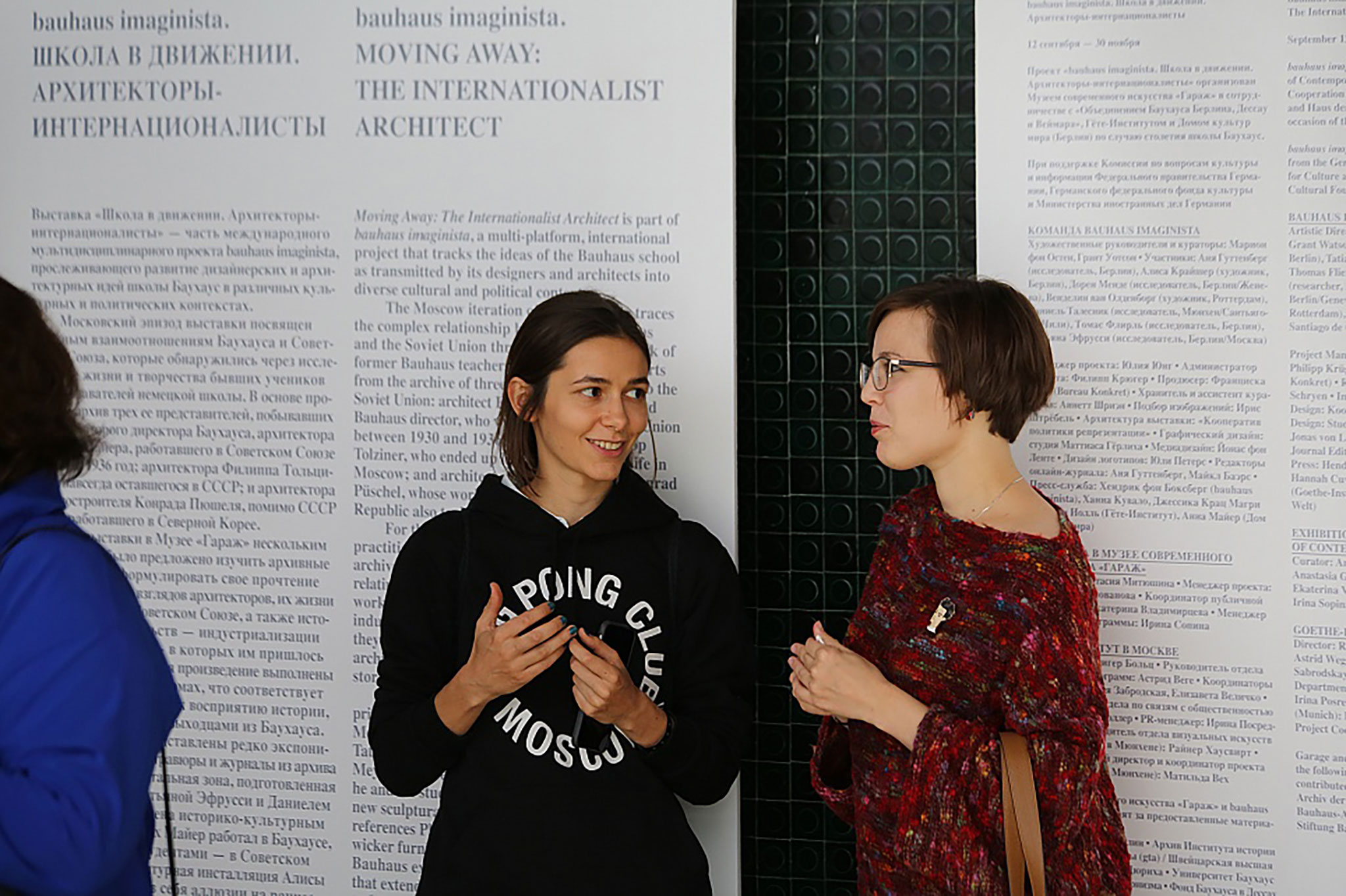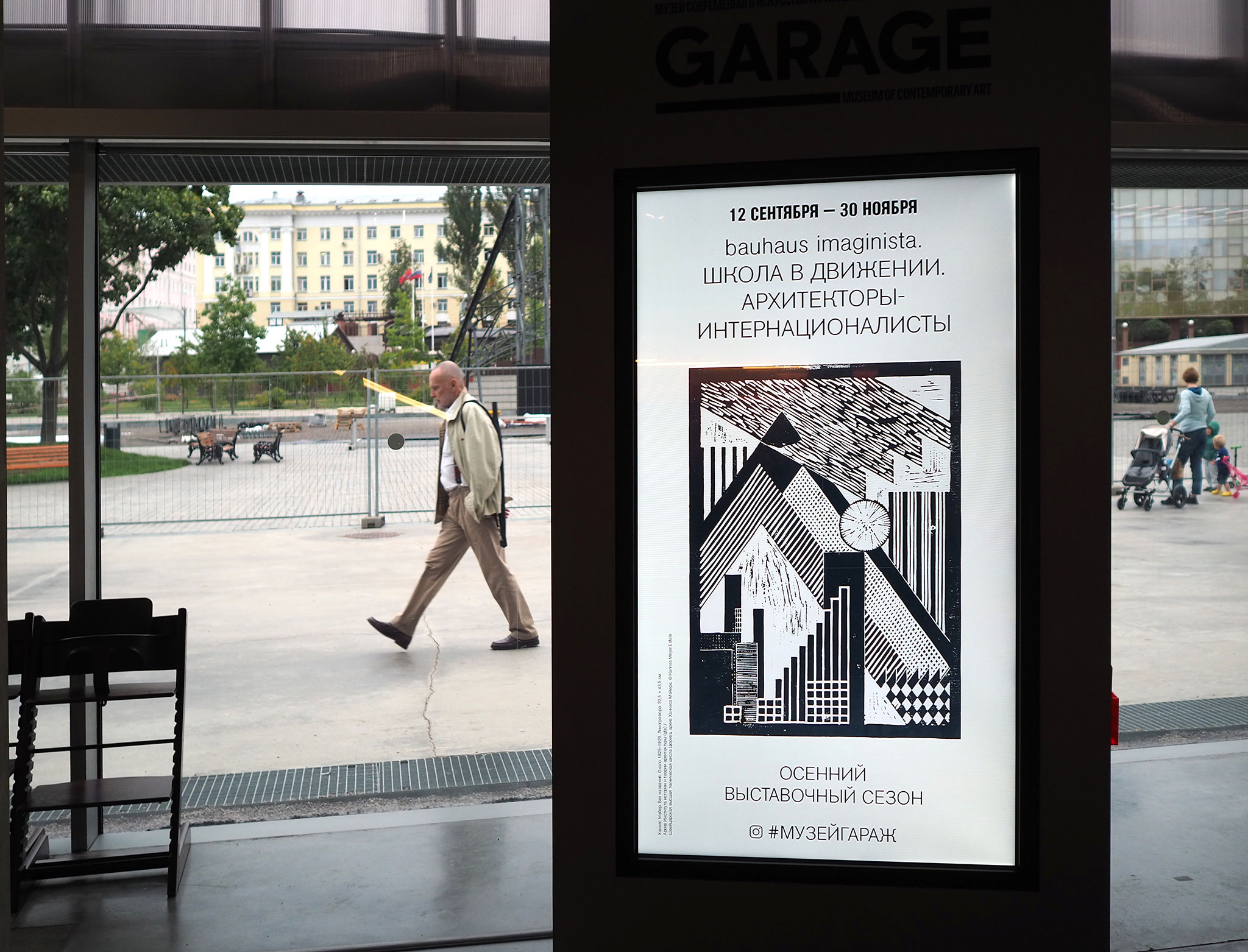bauhaus imaginista
Moving Away: The Internationalist Architect / Moskau
During its brief 14-year existence, the Bauhaus (1919–33) was actively engaged in the international movement of modernism. The school’s first director, Walter Gropius, one of the members of the International Congresses of Modern Architecture (CIAM), helped create a network of modernist architects spread throughout Europe and the United States—as did its third and last director, Mies van der Rohe. Hannes Meyer, the school’s second director, was in dialogue with the avant-garde of the Soviet Union and Latin America. The school’s worldwide reputation made it fundamentally important to the creation of modernist conceptions of form, method and ethos in architecture and design.
The Moscow iteration of the exhibition series bauhaus imaginista – Moving Away: The Internationalist Architect traces the complex relationship between the Bauhaus and the Soviet Union through the experiences of former Bauhaus teachers and students in Moscow in the 1930s. From its very beginnings, Bauhaus design ideas were profoundly influenced by the Russian avant-garde, with lines of communication between it and the Moscow design and architecture school Vkhutemas (1920–30) established early on. When Hannes Meyer arrived in 1927 to start the newly established building department at Bauhaus Dessau, these Russian ties were strengthened through regular visits, guest lectures and exhibitions. The exhibition started last week in Muscovite Garage – Museum of Contemporary Art in Gorki Park.
Following his politically motivated dismissal in 1930, Meyer and seven of his Bauhaus students travelled to Moscow at the invitation of the Soviet government, such visits by architects and other engineering professionals being common at that time. While in the Soviet Union, Meyer worked for a series of institutes and collaborated on several urban projects. Meyer’s former students would continue to work for Soviet state agencies well after his departure for Switzerland in 1936, leading teams designing educational facilities, interiors and housing schemes. They conducted urban studies and undertook the large-scale planning of new town developments such as Orsk in the southern Ural region. When under Stalin’s regime, avant-garde ideas were summarily rejected, several Bauhaus architects were imprisoned and even given death sentences. Many left the Soviet Union with the Stalin purges, relocating, variously, to Europe, Asia or South America. Throughout the mid-twentieth century, in locales as diverse as Hungary, Chile, the German Democratic Republic and North-Korea, one could find Bauhaus-trained architects working as city planners and educators.
bauhaus imaginista: Moving Away focuses on some of these architects/planners: second Bauhaus director Hannes Meyer; Philipp Tolziner, who became a permanent Moscow resident; the recently deceased Konrad Püschel, who died a Weimar resident; and Lotte Stam-Beese, the first woman to study at Bauhaus Dessau’s building department. Today, holdings from their estates are spread across several institutions: the Bauhaus-Archiv Berlin, the archive of the Bauhaus Dessau Foundation, the archive of the Archiv des Deutschen Architekturmuseums Frankfurt (DAM), the gta-Archiv at ETH Zurich and the Netherlands Architecture Institure. Each institution has its own system and history, expressing the power structures and modes of selection behind collecting, while each estate exhibits the subjectivity and the partial, precarious and contingent status of what these architects left behind.
For the exhibition at Garage Contemporary Museum of Art, contemporary practitioners have been invited to respond to these personal archives, producing reading of material relating to the architects’ socialist backgrounds and work in the Soviet Union. Each invited practitioner has also produced a proposal on how to contextualize archival knowledge. These different takes on the archive correspond with the subjective nature of storytelling revealed in the personal papers of the Bauhaus architects themselves.
These archival responses have been commissioned from an international group of figures who deal with geopolitical, social and design histories: the artist Alice Creischer, theorist Doreen Mende, and researchers Tatiana Efrussi and Daniel Talesnik. The exhibition is comprised of these responses and will also include material generated through participants’ readings, as well as selected archival holdings chosen by the curators. The architecture and design group Kooperative für Darstellungspolitik has provided advice on exhibition design.
As part of the exhibition’s public program, artist Wendelien van Oldenborgh will present her research for a new commission exploring the life and contemporary legacy of Lotte Stam-Beese, who, after implementing her ideas in Orsk, in 1935 moved to the Netherlands, becoming famous after World War II for her work reconstructing Rotterdam. Van Oldenborgh’s work will premiere at the centenary exhibition at Haus der Kulturen der Welt (HKW) in 2019.
You can get more insight in a little video-documentation of the exhibition by Silke Briel and a summary of the Archive Talks. bauhaus imaginista is a collaboration by Bauhaus Kooperation Berlin Dessau Weimar, the Goethe-Institut and Haus der Kulturen der Welt. The research project with different stations takes place on the occasion of the 100th anniversary of bauhaus. bauhaus imaginista is made possible by funds of delegates of the German Federal Government for Culture and Media (BKM), die Cultural Foundation of the sate (KSB) supports die exhibition in Berlin and the Federal Foreign Office stations offseas.
Pictures: © Julia Kahl, © Silke Briel
